Following in Indigenous Footsteps on the Ute Pass Trail.
Growing up, I never heard my elders describe the land as a “wilderness.” We refer to our Diné (Navajo) homeland as Diné Bikéyah. These words describe a place where kinship exists between people, land, ancestors and all life forms, such as our plant and animal relatives. Here amongst these living relationships is our Diné culture and identity. No matter where I ride, I am always existing in this beautiful web of interconnectedness. As I drove through Colorado Springs, Colorado, and turned westward onto Highway 24, the land began to share its story.
To my left was Tava, the Ute name for Pikes Peak, and to my right was the Garden of the Gods, a powerful place connected to the oral tradition of several tribes. Between the two, the land parted, creating what felt like a pathway between the mountains and the plains behind me. I was going to a trailhead to get on two wheels and connect with a place holding countless ancient stories, born long before my existence.
Indigenous peoples have always been in relationship with the land, our cultures and identities inseparable from Mother Earth. I ride on the land not as a “wilderness” or a pristine uninhabited landscape to experience the “wilds” of nature but rather a place touched, respected, honored and stewarded by Indigenous peoples for millennia until the present day. Mother Earth, as our relative, is not to be conquered as an explorer or to be stamped with a name, nor is she a commodity you are entitled to stake claim to for the next “secret trail.” For thousands of years, the footsteps of Indigenous people have connected places across the land. These are the ancient trails, on Indigenous territories, upon which we recreate today. Whenever I set foot (or tires) on the land, I recognize and honor not only the land but also the people today who still call these places their sacred homeland.
 A light dusting of snow lingers in the shadows along the Ute Pass Trail in Colorado as Renee Hutchens chases the last bits of daylight, a reminder that winter is coming. Photo: Leonardo Brasil
A light dusting of snow lingers in the shadows along the Ute Pass Trail in Colorado as Renee Hutchens chases the last bits of daylight, a reminder that winter is coming. Photo: Leonardo Brasil
This was my thought when I found myself on my bike at the Ute Pass trailhead, in Manitou Springs, Colorado. The trail climbs westward, rising to an elevation of around 9,100 feet at Ute Pass before dropping into the White River country of Utah. The name of the trail is a reminder that it lies on the traditional territories of the Nuche (Ute) as well as the Jicarilla Apache and Cheyenne Nations. Today, several bands comprise the Utes: the Weeminuche (Ute Mountain Ute); the Mouache and the Caputa (Southern Ute Tribe); and the White River, Tabeguache (Uncompahgre) and Uintah (Northern Ute Tribe).
Prior to colonization, the Utes inhabited vast areas of Utah, Colorado, southern Wyoming, and northern Arizona and New Mexico. They came to know not only the terrain but also the plants and animals that inhabited their territory. The Utes and other Plains tribes traversed the Ute Trail between the mountains and the plains across the changing seasons to access various hunting grounds and food gathering sites. Today, the Utes still exercise their long-held hunting and fishing rights on 3.7 million acres in the San Juan Mountain region.
The Ute Trail started immediately with a steep climb. I rode on, feeling as if I was being lifted by the land, rising and rising until I reached an overlook facing east. As I paused to stop and catch my breath, I saw the city of Manitou Springs and Colorado Springs stretched out across the expanse below.
My mind went quiet, and all I could hear was my heart beating with Mother Earth. The cities faded away as I looked out across the Great Plains, and a story began to paint the land with thousands of buffalo. They are at the core of the many Plains tribes’ distinct cultures, deeply connected to the lifeways of these Indigenous peoples. My thoughts were mixed with joy and grief.
My joy came from the power felt in this place and from the ancestors’ spirits that never left. They always remind me that Indigenous peoples defied the founding of our country and survived to create a legacy, a culture of resistance.
My joy was momentarily overtaken by grief. This grief has a name; it’s what we call historical trauma. The term was coined by Dr. Maria Yellow Horse Brave Heart, a Native social worker and mental health expert, in the 1980s. Brave Heart’s definition states that historical trauma “is cumulative emotional and psychological wounding, over the lifespan and across generations, emanating from massive group trauma.” For hundreds of years, we endured trauma in the form of genocide, cultural assimilation, forced removal from our land and the destruction of its resources essential to our lifeways.
As I sat on my bike and watched the herd of buffalo moving across the land, my visual story was interrupted by a quote I have heard countless times, spoken by a US Army officer, Lieutenant Colonel Dodge, in 1867: “Every buffalo dead is an Indian gone.”
I smiled and said aloud, “We are still here.”

A lone ponderosa pine hangs over the Ute Pass Trail as the author honors her kinship with the land by listening to this ancient friend and relative’s wisdom—just as her ancestors have done for millennia. Photo: Leonardo Brasil
I continued pedaling. The trail began to turn westward toward the mountains. As I rode into their shadows along a snow-dusted path, I became surrounded by my ancient relatives, the trees of the forest. I felt a sense of home among them. My grief dissipated into the calm colors of blue and green bouncing off the snow. Every pedal stroke seemed to transform the historical trauma into a revitalized sense of identity—a resilient identity that holds onto my enduring cultural traditions and ancestors’ wisdom. With each breath, I felt the life and strength of that resilience reflected by the land that hugged me in every direction.
A short distance from the trail, tucked in the shadows and peeking through a layer of snow, was a Medicine Wheel, sometimes known as the Sacred Hoop. It was a large circle constructed out of stones. Inside this circle were more stones laid on the ground forming lines, each toward the Four Directions: East, South, West and North. In the center was the Heart Stone. I could feel the people, the land and their culture tied together. Its power was in no way diminished by the white blanket covering it. Before walking down the bank, I was greeted eye-to-eye by the tall stalks of mullein plants that glowed in the sun. Their flowers, used for making tea, had fallen off, an announcement that winter was around the corner and that change is necessary.
I laid my bike down. My eyes lit up when I saw a sign printed with the words “sacred site.” I moved closer to read the full text: “Please be respectful and help protect this sacred site. This Medicine Wheel was constructed in collaboration with Ute Elders and Ute Spiritual Leaders. Medicine Wheel blessed on September 6, 2014.”

Partially covered by a blanket of snow, this recently constructed Medicine Wheel—also known as a “Sacred Hoop”—remains as deeply sacred to modern Indigenous peoples as it was to their ancestors. Photo: Leonardo Brasil
Thousands of Medicine Wheels have been built on Native lands in North America over the last several centuries. Many tribes still construct Medicine Wheels today on the land. Their interpretation varies amongst tribal nations as each one has their own distinct culture, language, and traditions. This specific Medicine Wheel’s meaning was printed on an informational sign nearby: “There is a Sacred Hoop, a Medicine Wheel, of all things. Earth gives her flesh to grasses, grasses give themselves to four-leggeds, four-leggeds give themselves to two-leggeds, and two-leggeds must then give to Mother Earth, or the Sacred Hoop is broken.” These words quoted from a Ute Medicine Man only scratch the surface of a much deeper meaning, one that is told by Mother Earth, through songs, dance, ceremony and words not expressed in the English language.
As an extension of ourselves, the land holds who we are, our lifeways and traditional knowledge. Therefore, we don’t view our homelands as merely made up of a few scattered pin drops on a map to mark what is sacred or not. Our relationship with the land is in its entirety. In other words, sacred sites are often not visible displays or designated by signage. As outdoor recreationists, it’s important to remember that all trails belong to Mother Earth, and Indigenous peoples have always been a part of this land, interacting, connecting and shaping the land before there were lines, highways and boundaries drawn on maps.

Snow meets singletrack on the Ute Pass Trail, where the author traces a line through the ponderosa pine forest. It’s a reminder that the lines—both seen and invisible—on maps today are actually ancient trails or routes long traversed by Indigenous peoples. Photo: Leonardo Brasil
The colonization lens still frames the dominant narrative displayed on signs at trailheads and national parks and monuments. So, next time you come across a sign, ask yourself: What is the source of the information posted? Does it include and center Indigenous narratives or history?
Stories will always be part of the land. No matter which side of a story you’re on, the storyteller or the listener, we must think critically about how our perceptions of people, place, borders, “property” and settler-bestowed land designations have changed over hundreds of years. I believe that by envisioning the land as Indigenous territories, people can begin to better position themselves in a way that honors, respects and centers the original and current Indigenous peoples and their histories.
On my journey back to the trailhead, I stopped and leaned against an ancient friend for wisdom. The tree and I gazed across the land together as its branches hung overhead. After lingering awhile, I jumped back on my bike for a fast, flowy descent. As I traced the winding, ancient trail back to its origin, I felt more grounded than when I started my ride.


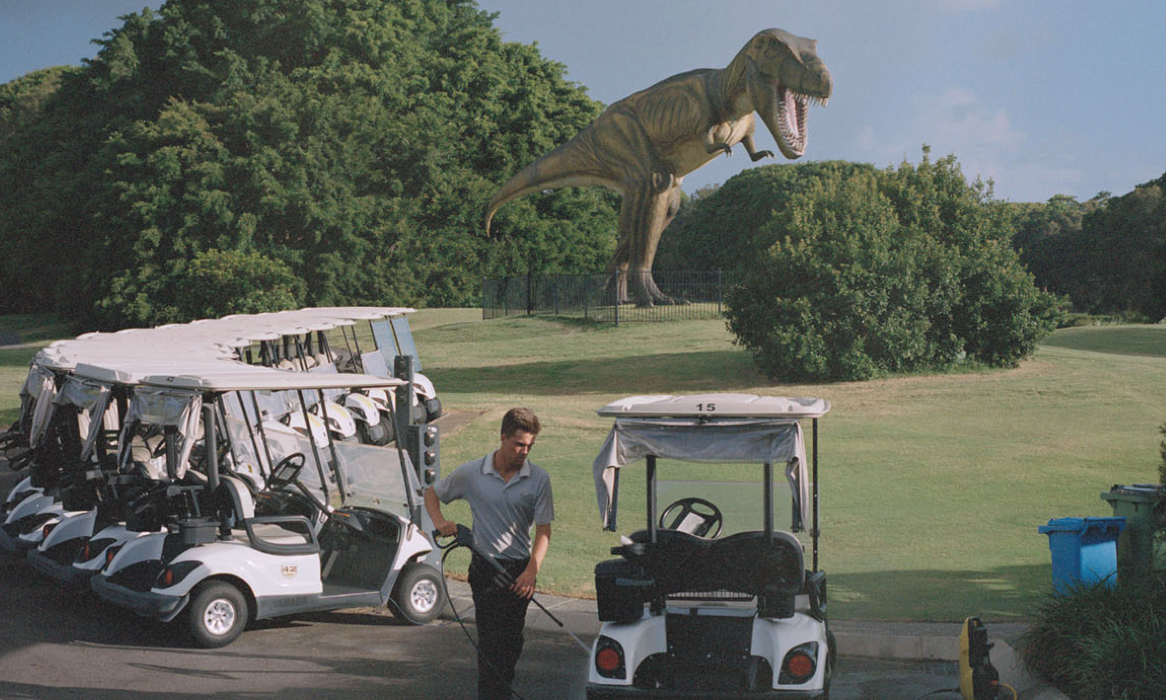
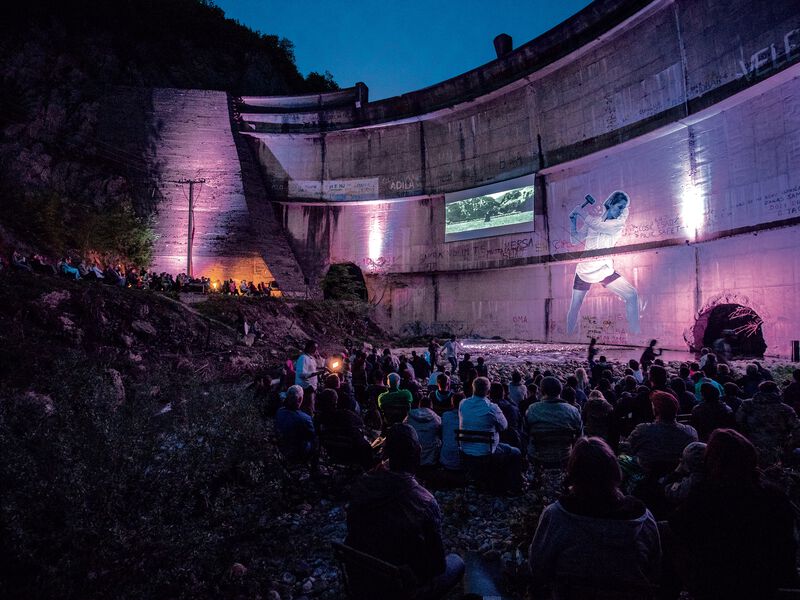
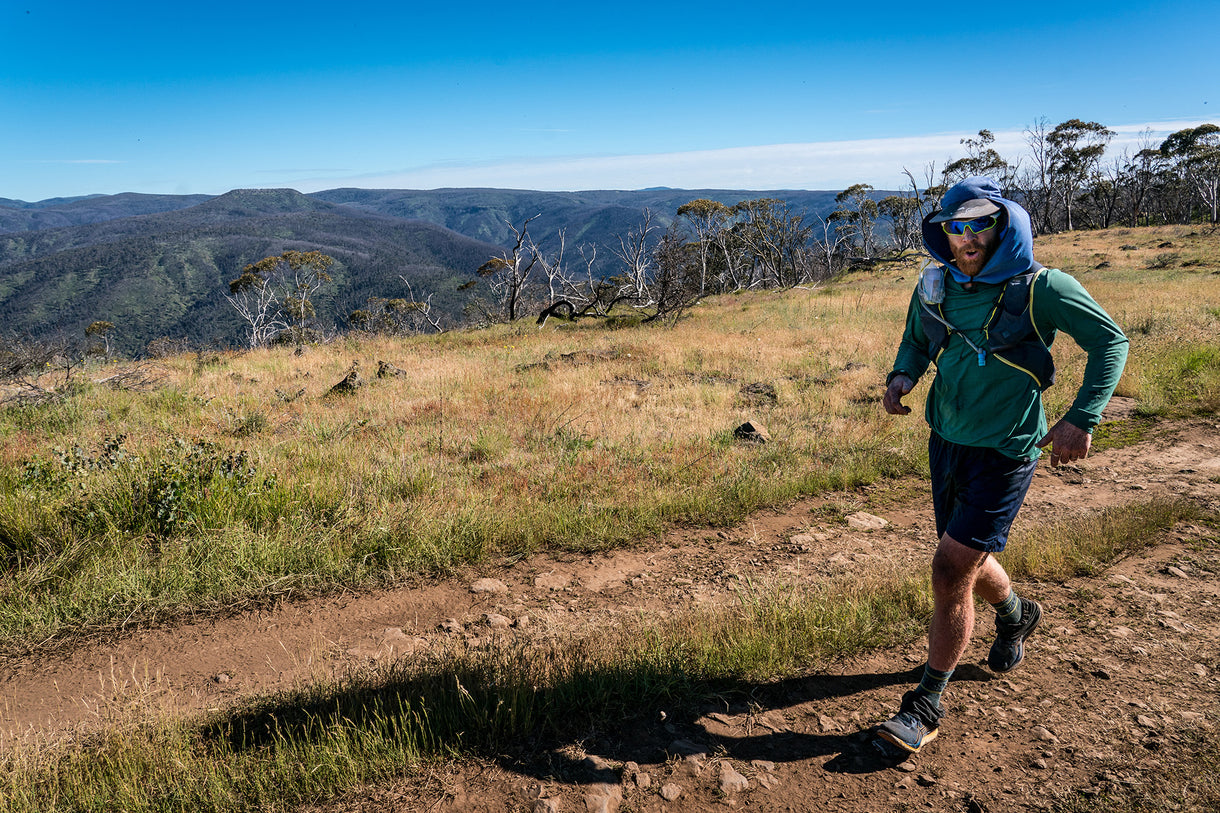
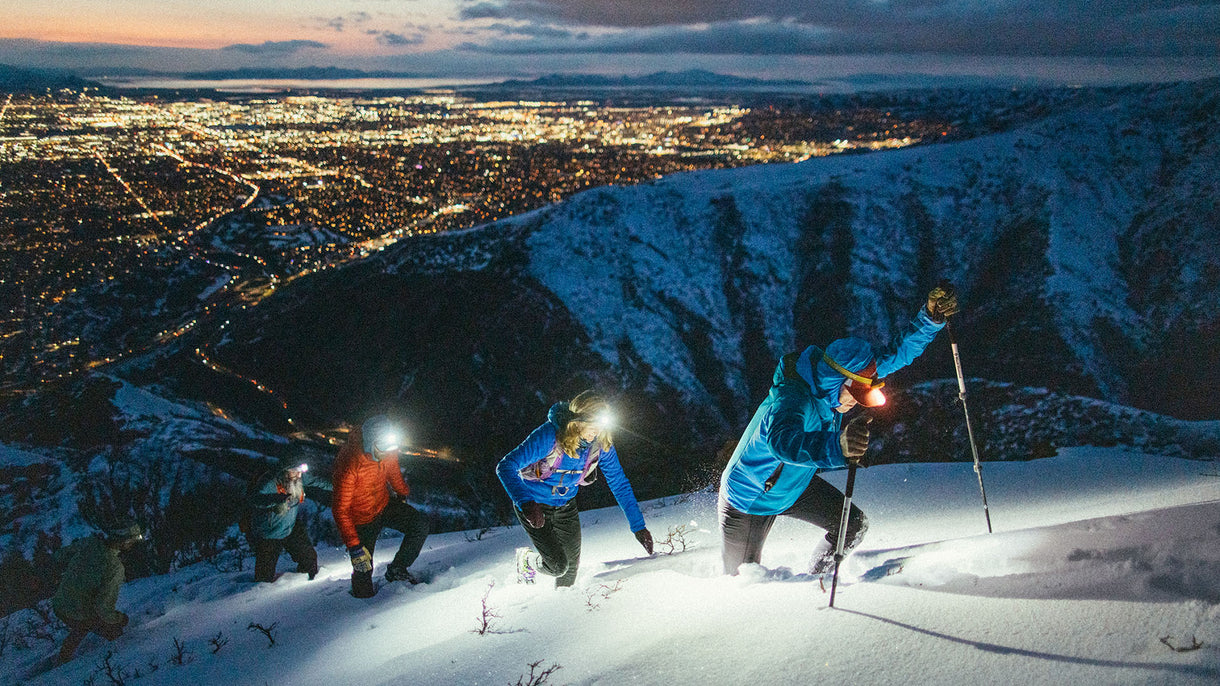
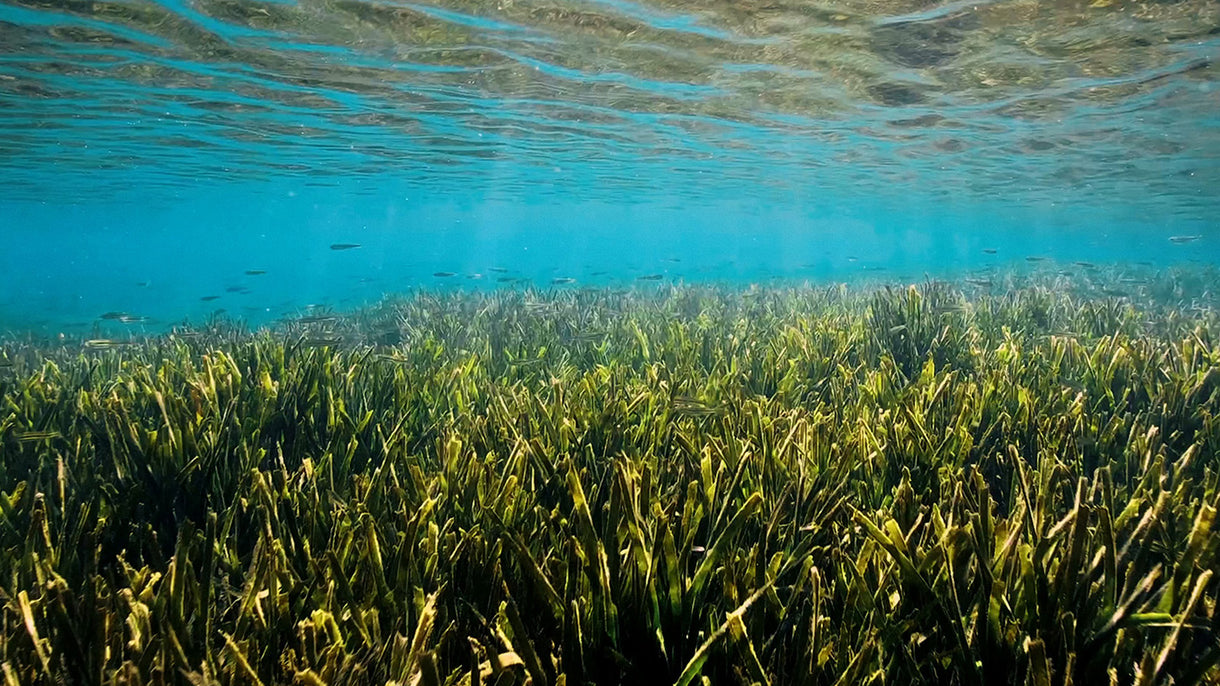
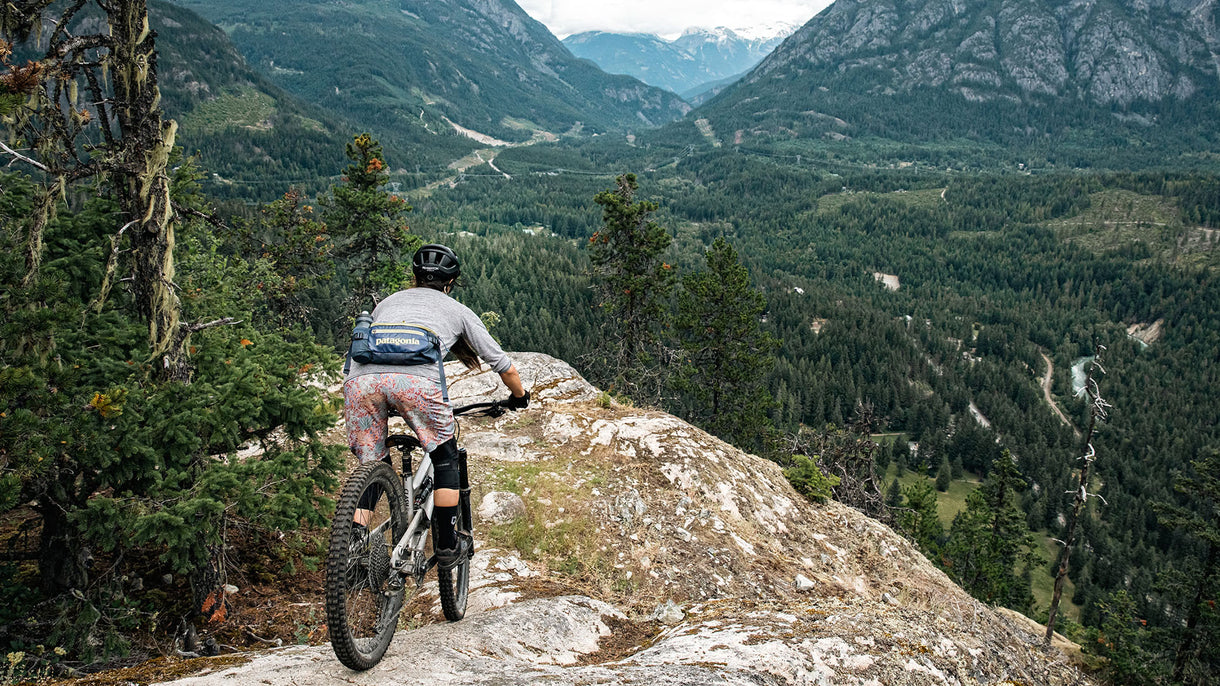
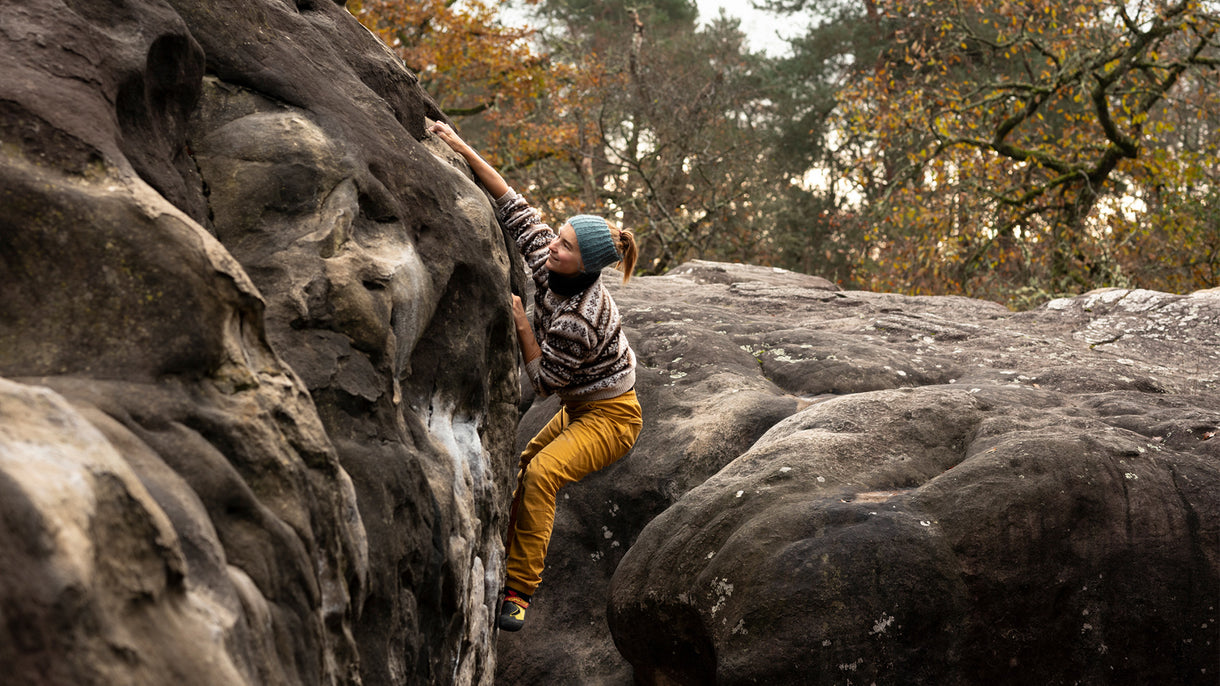
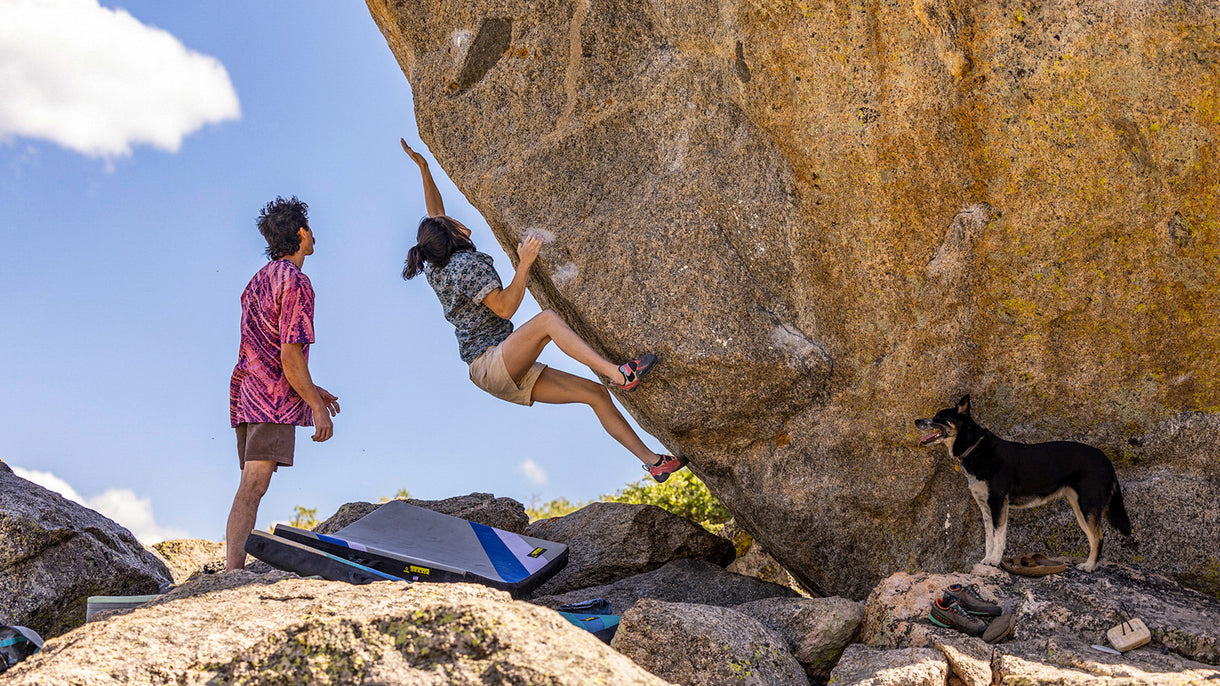
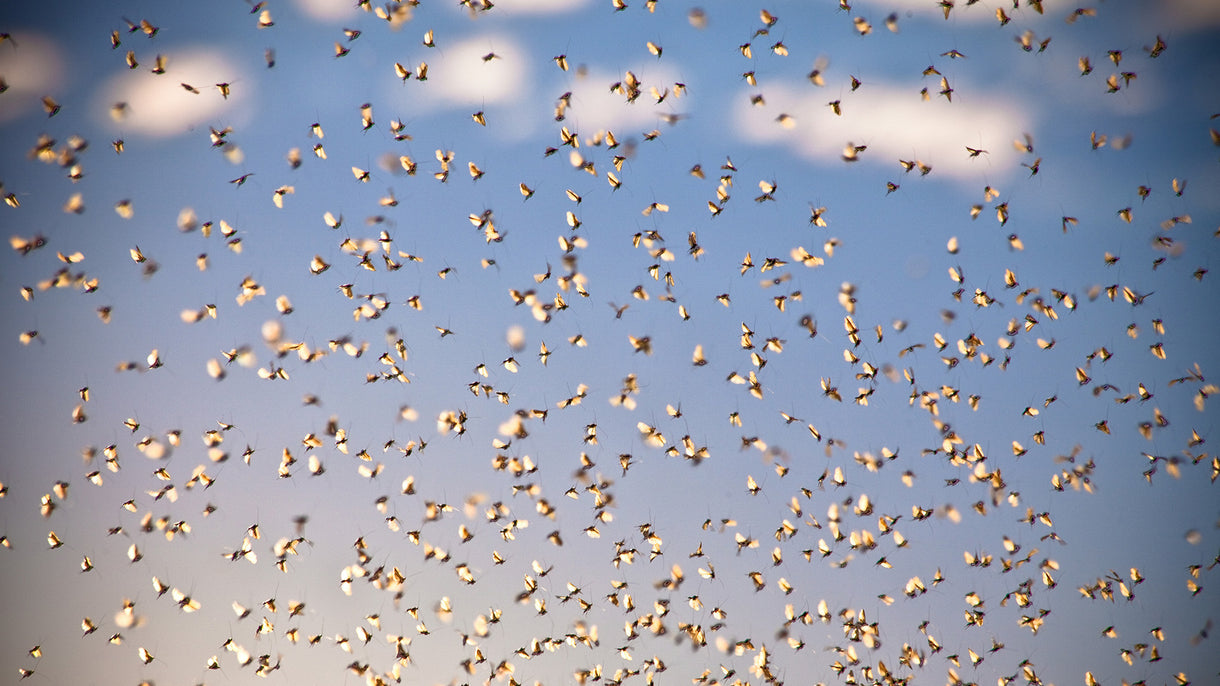

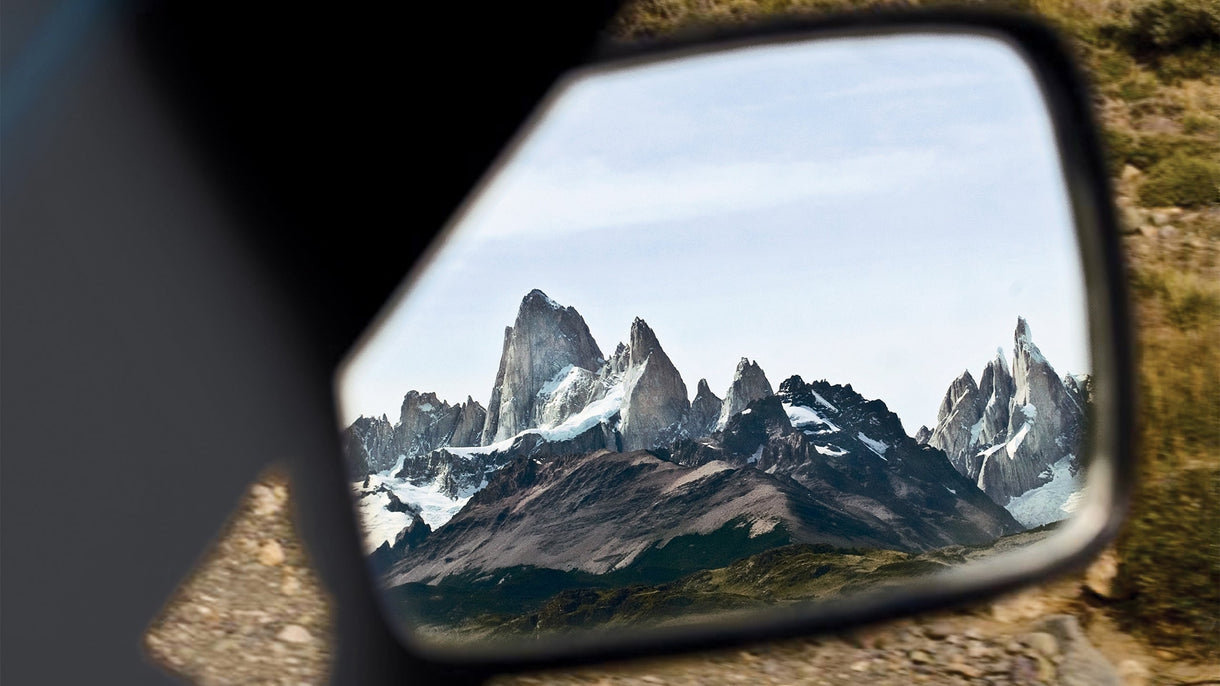
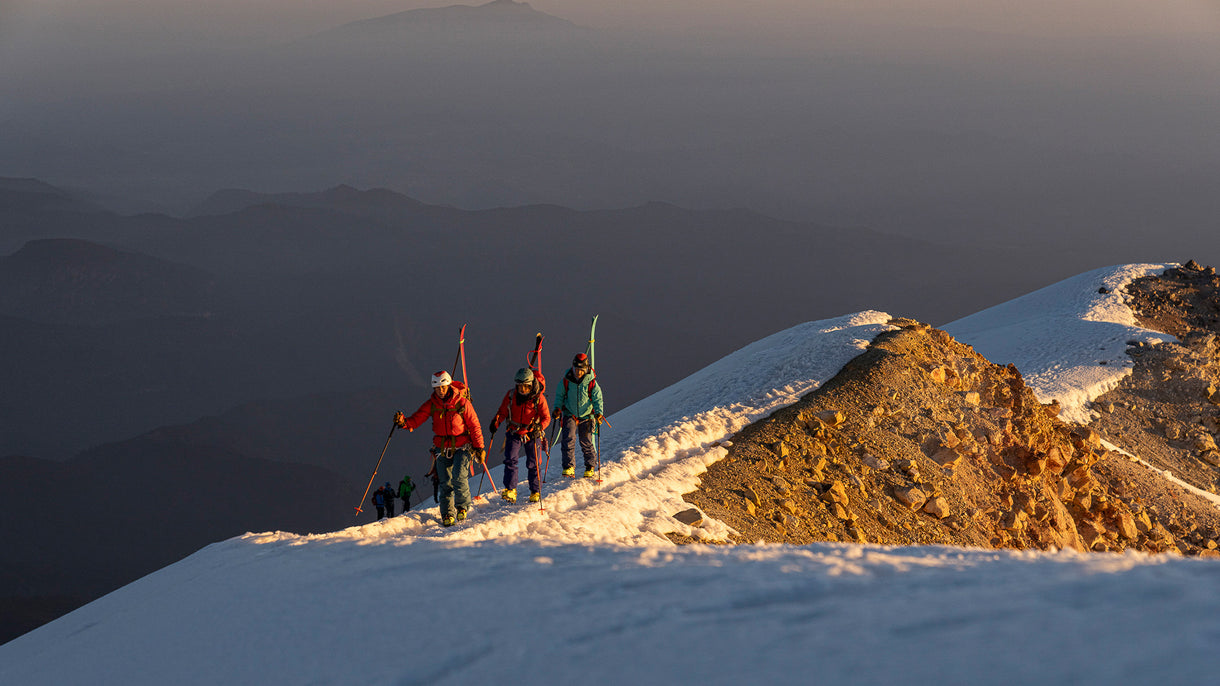
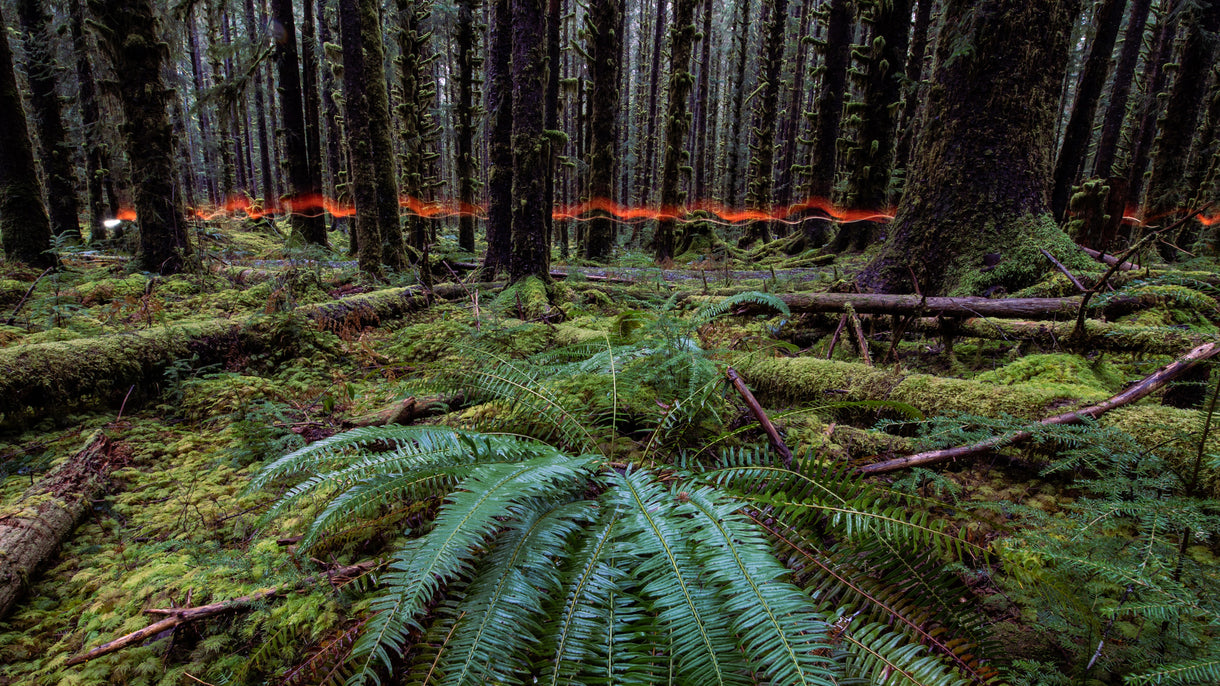
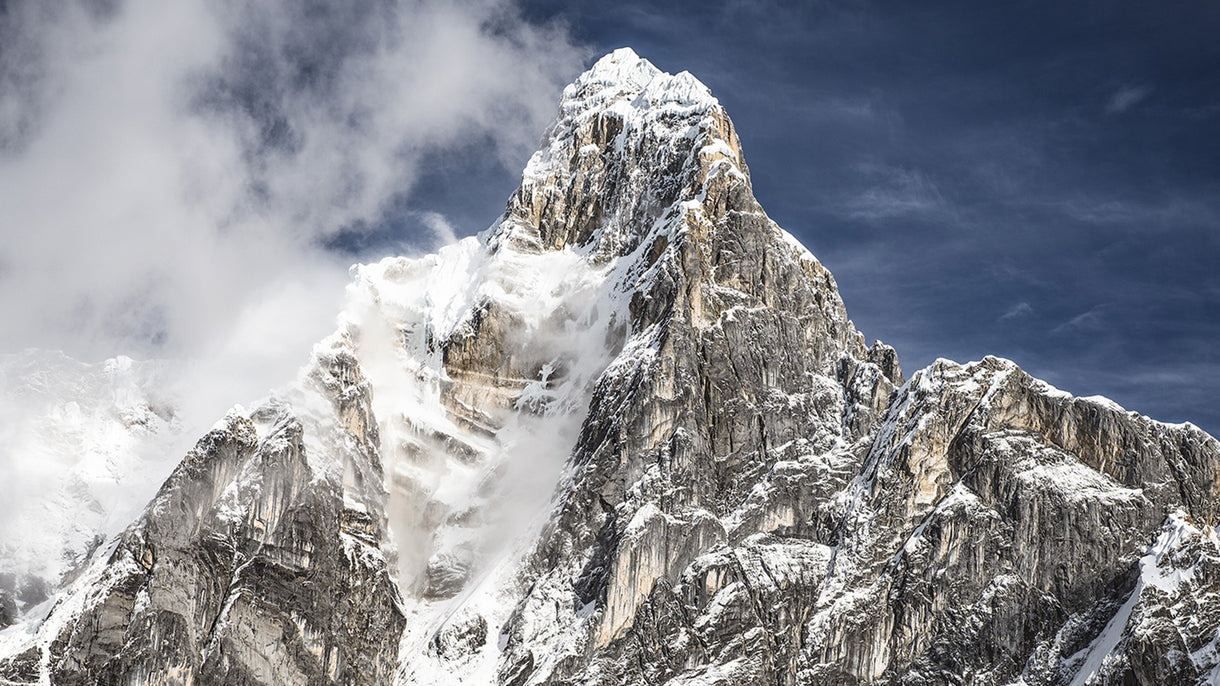
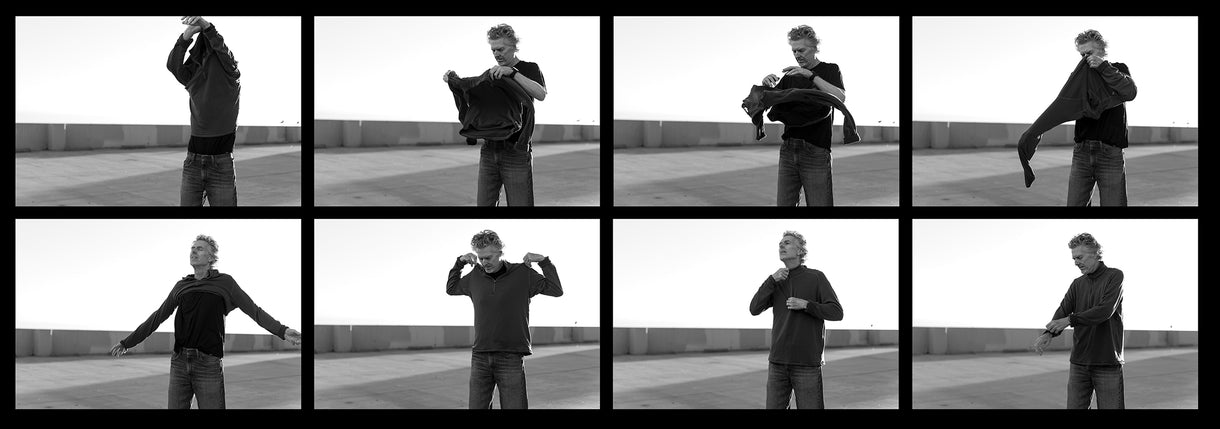
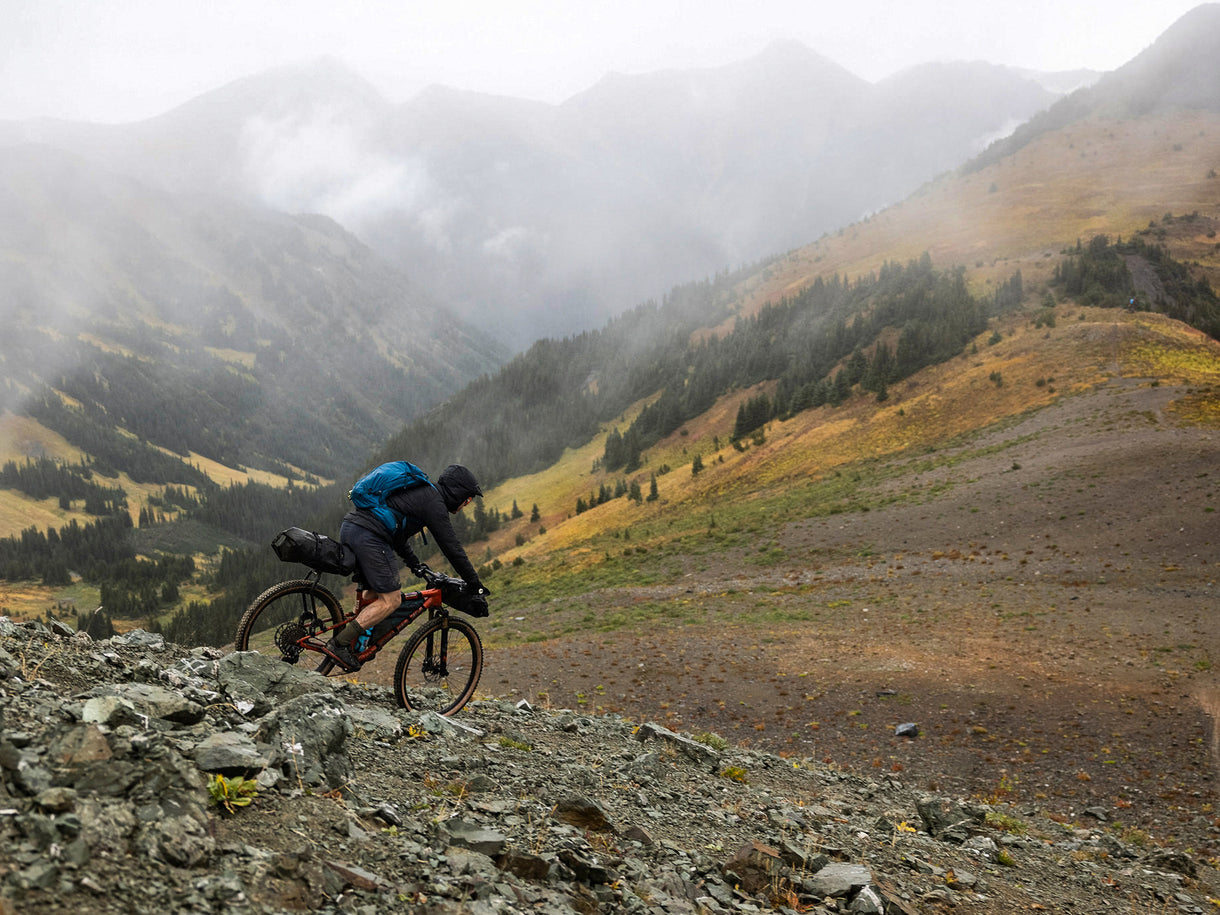
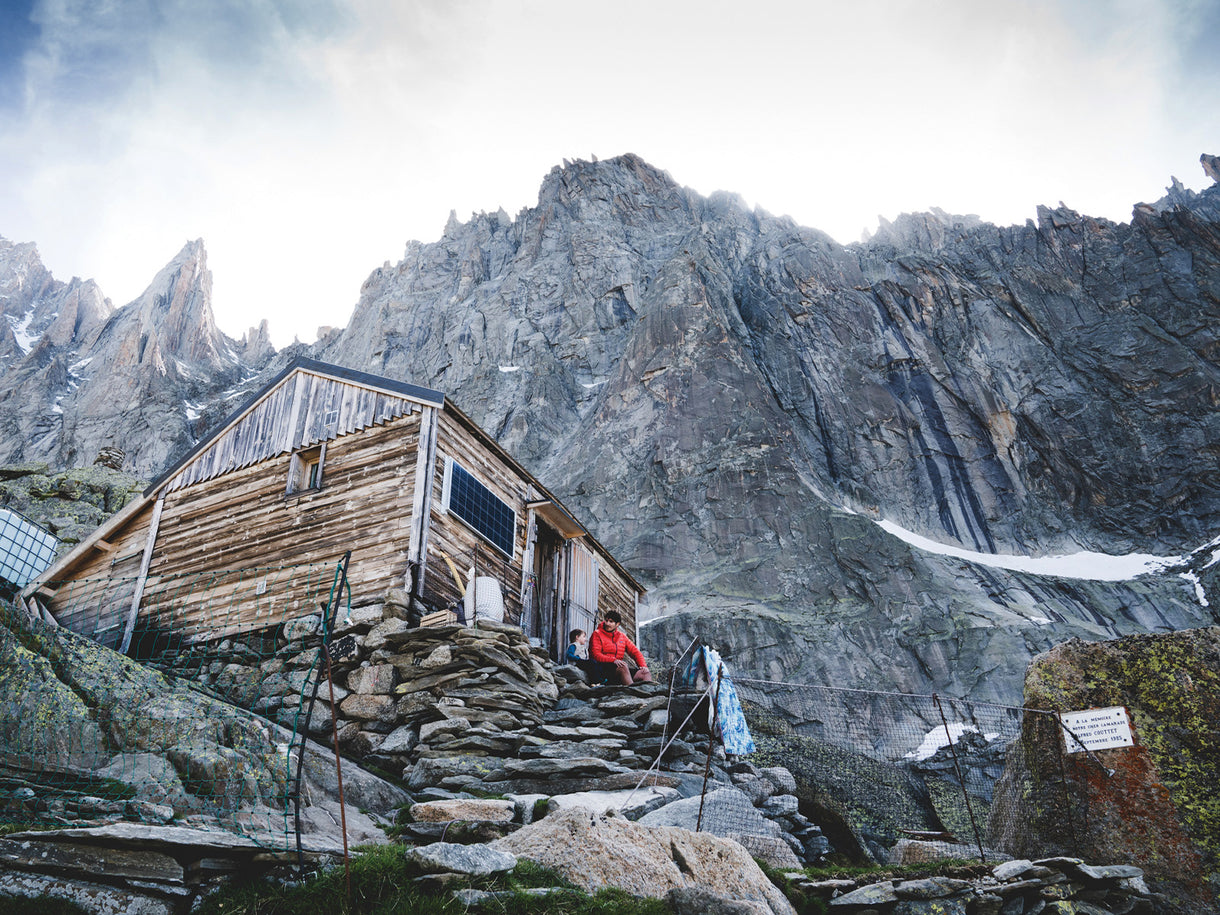
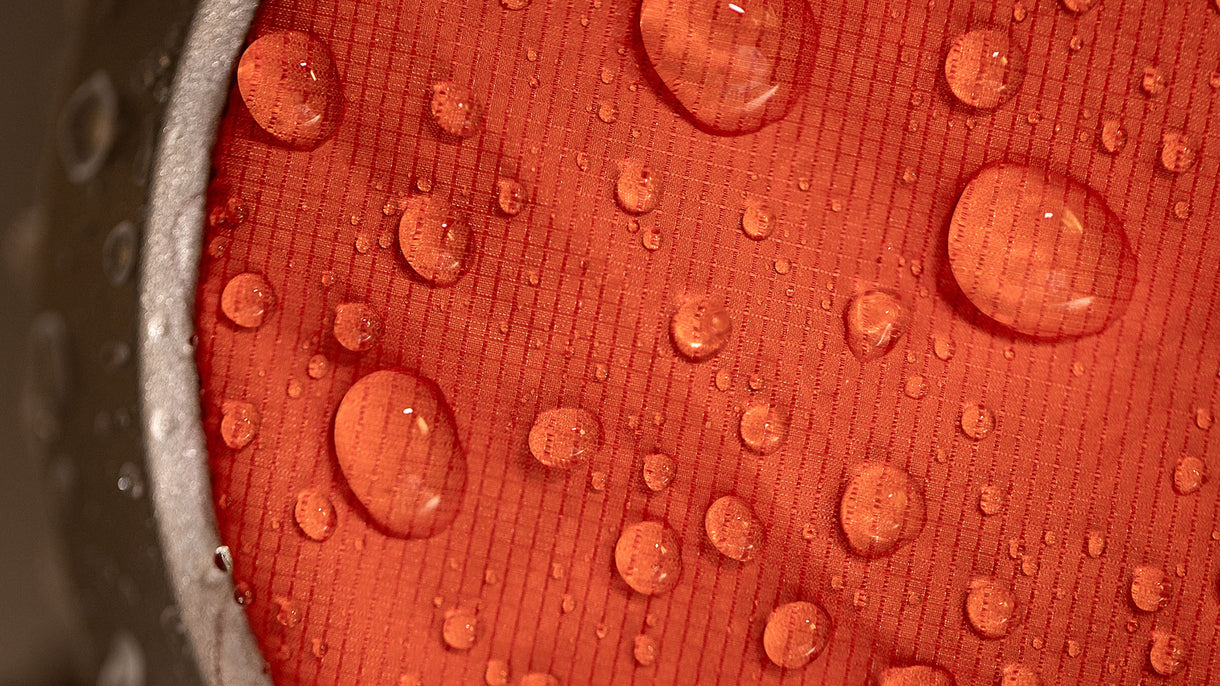
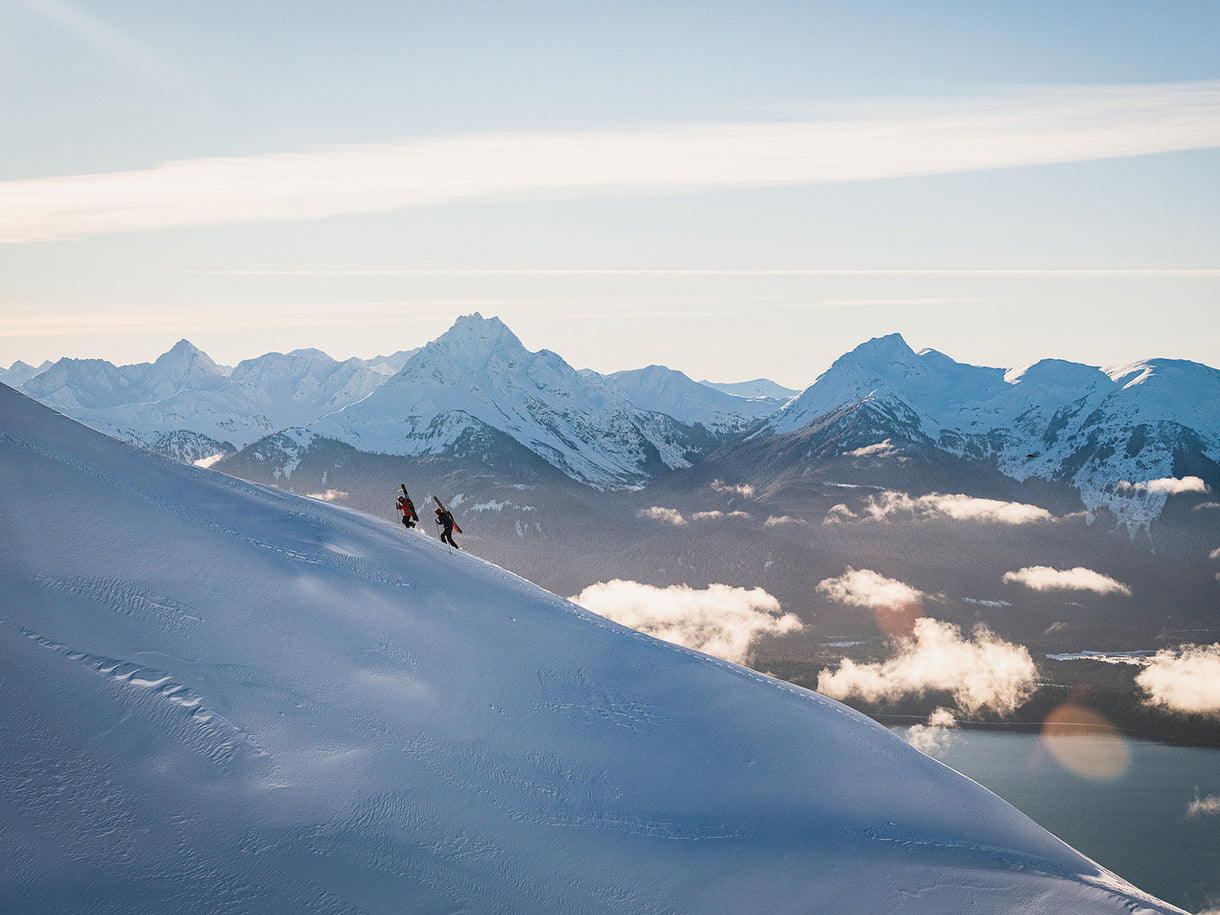
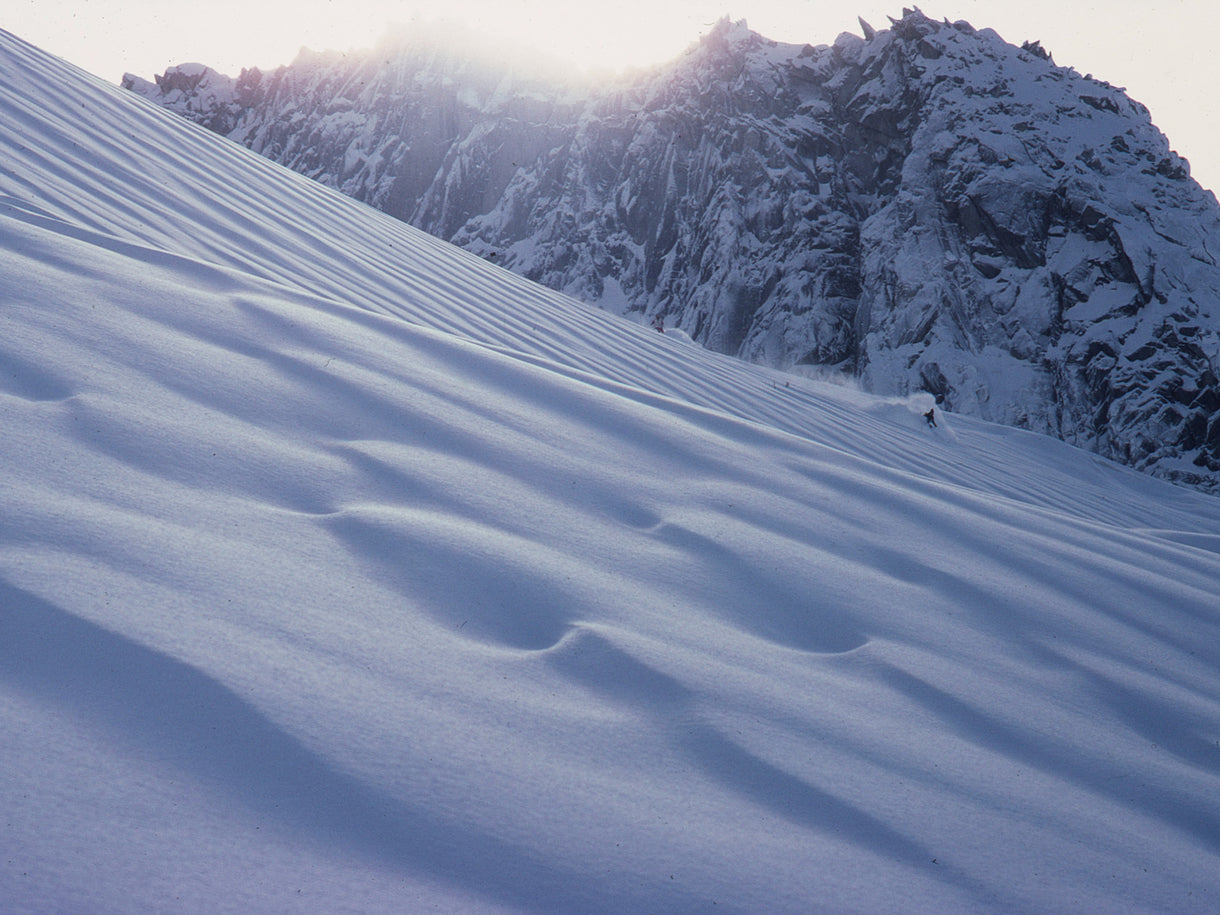
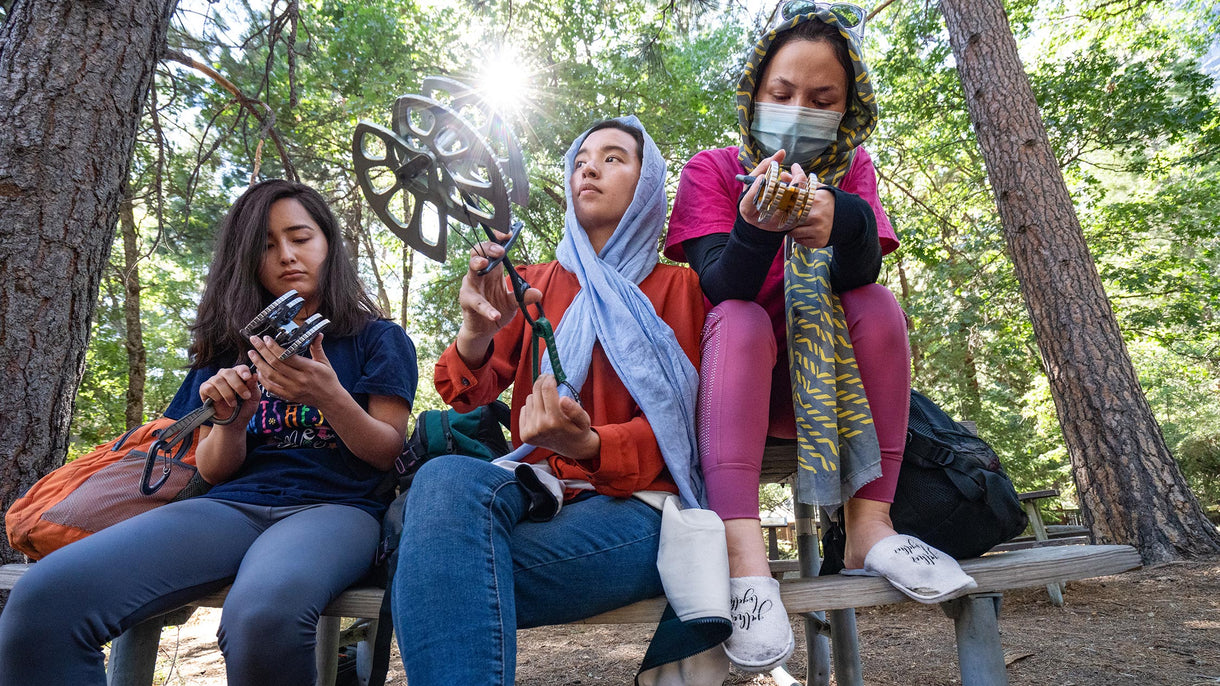
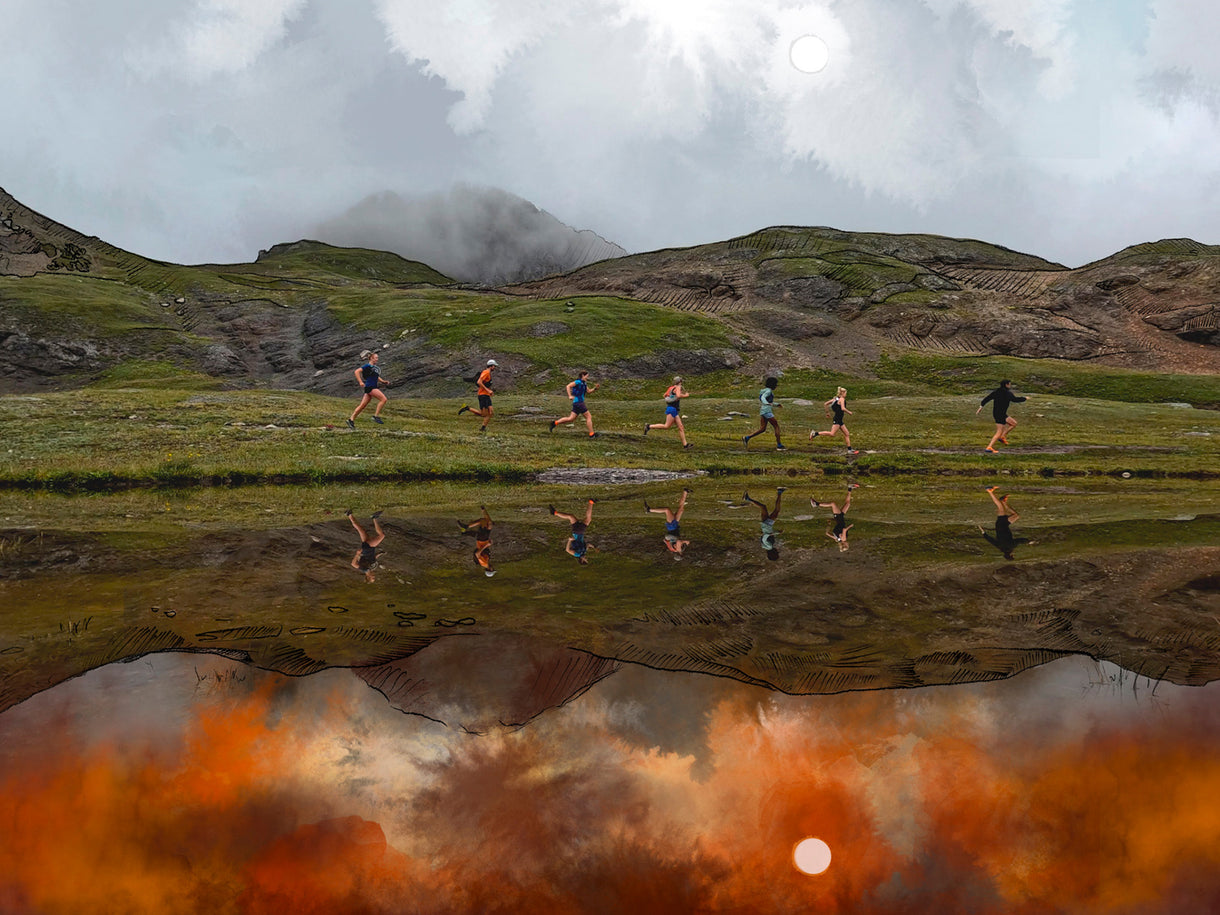
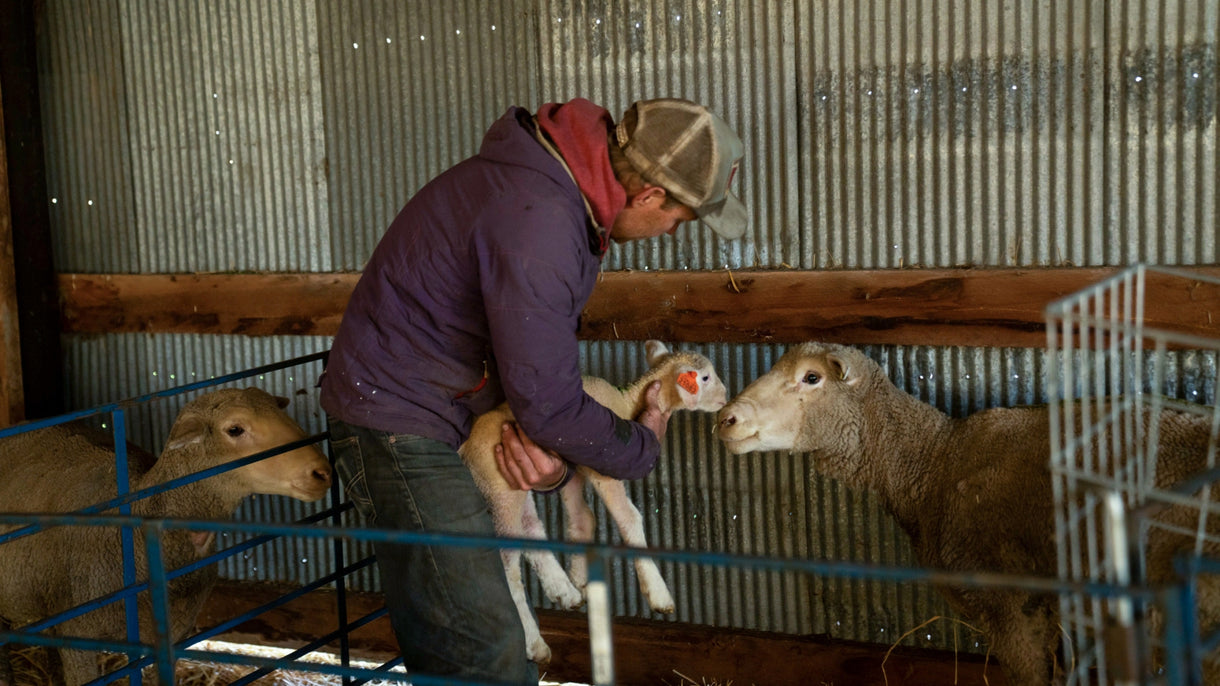
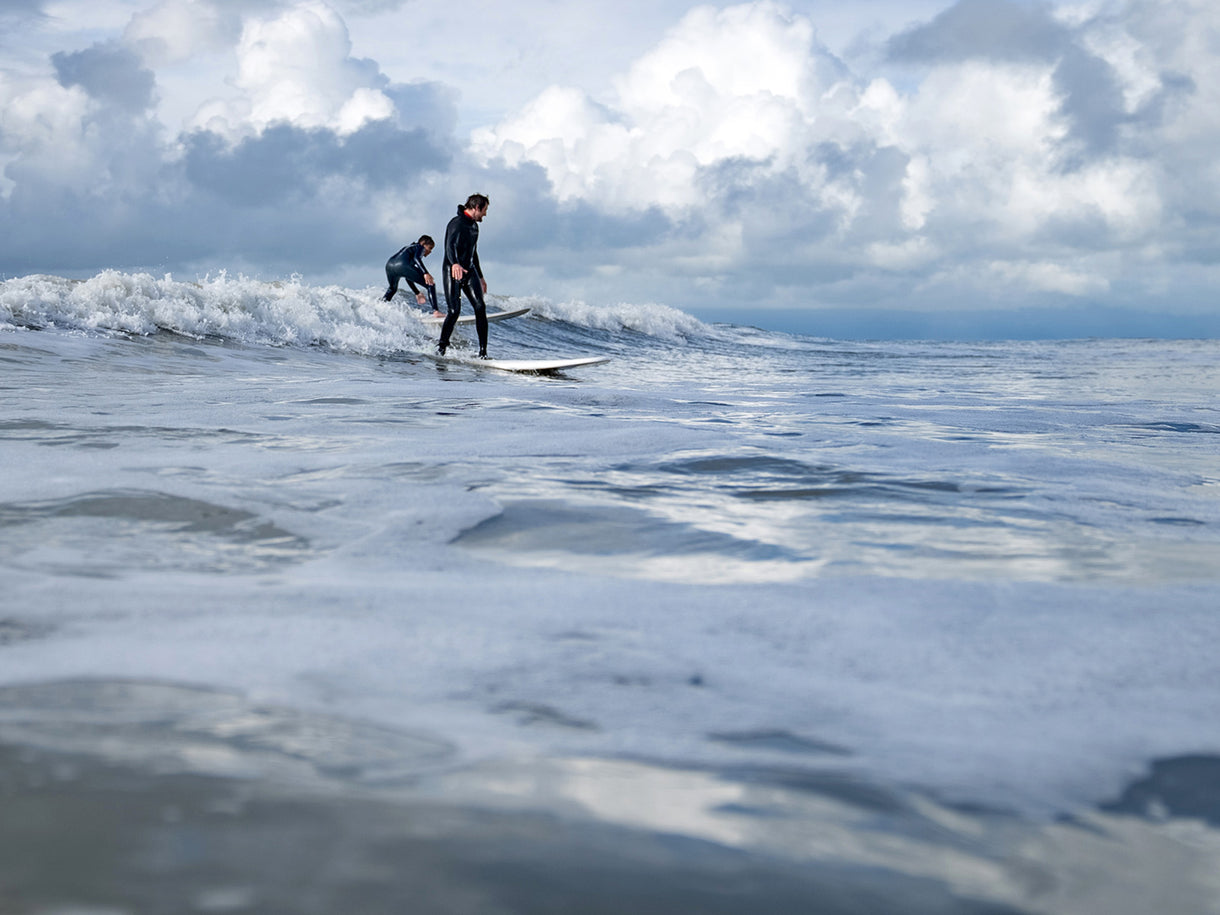
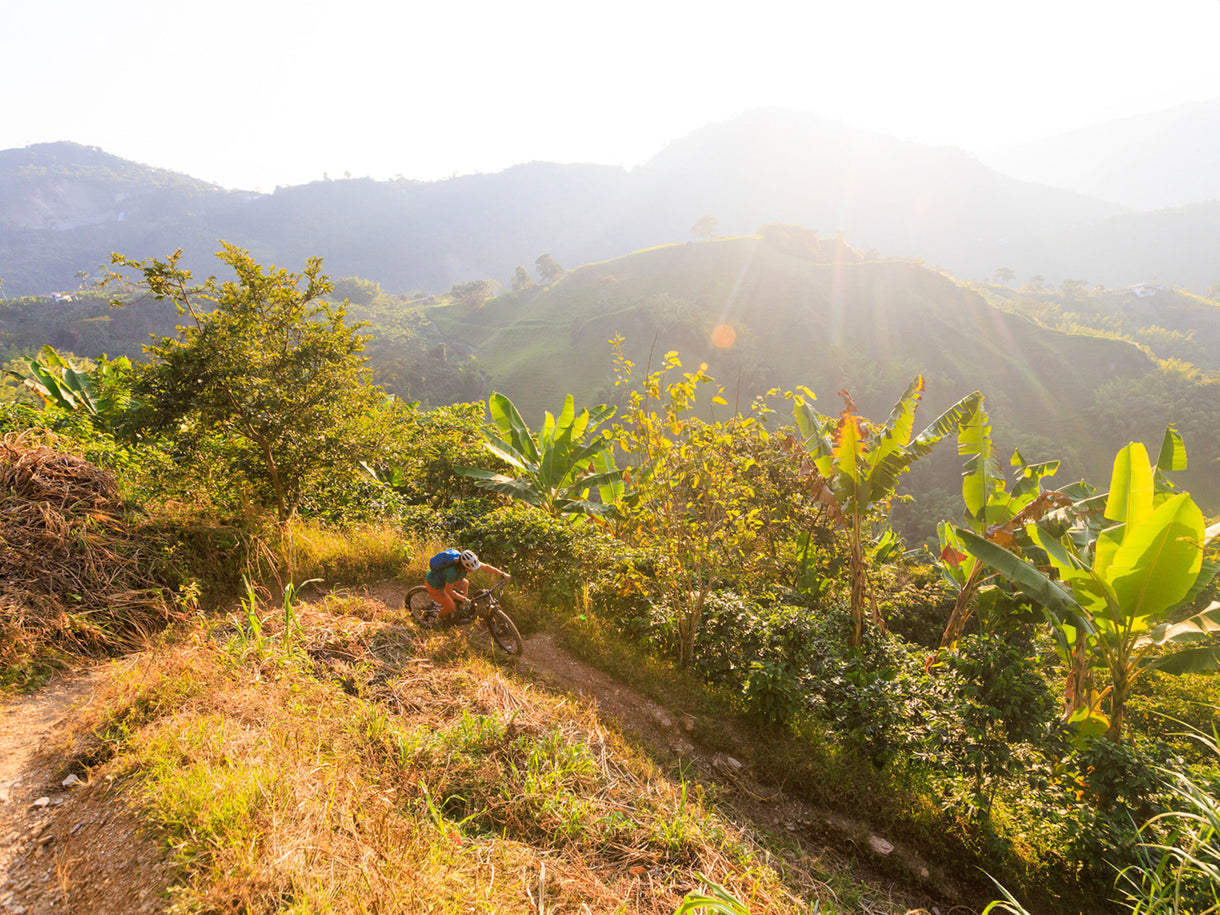
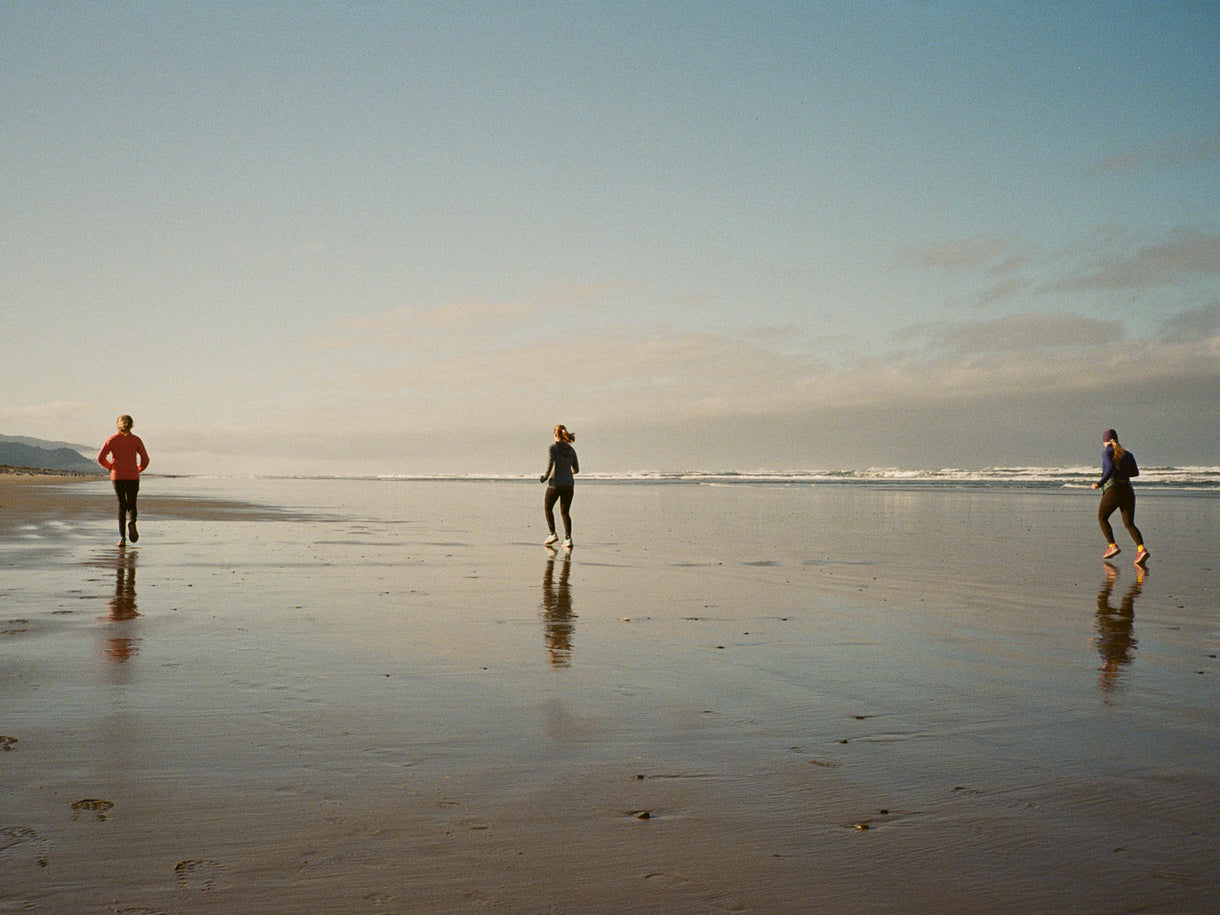
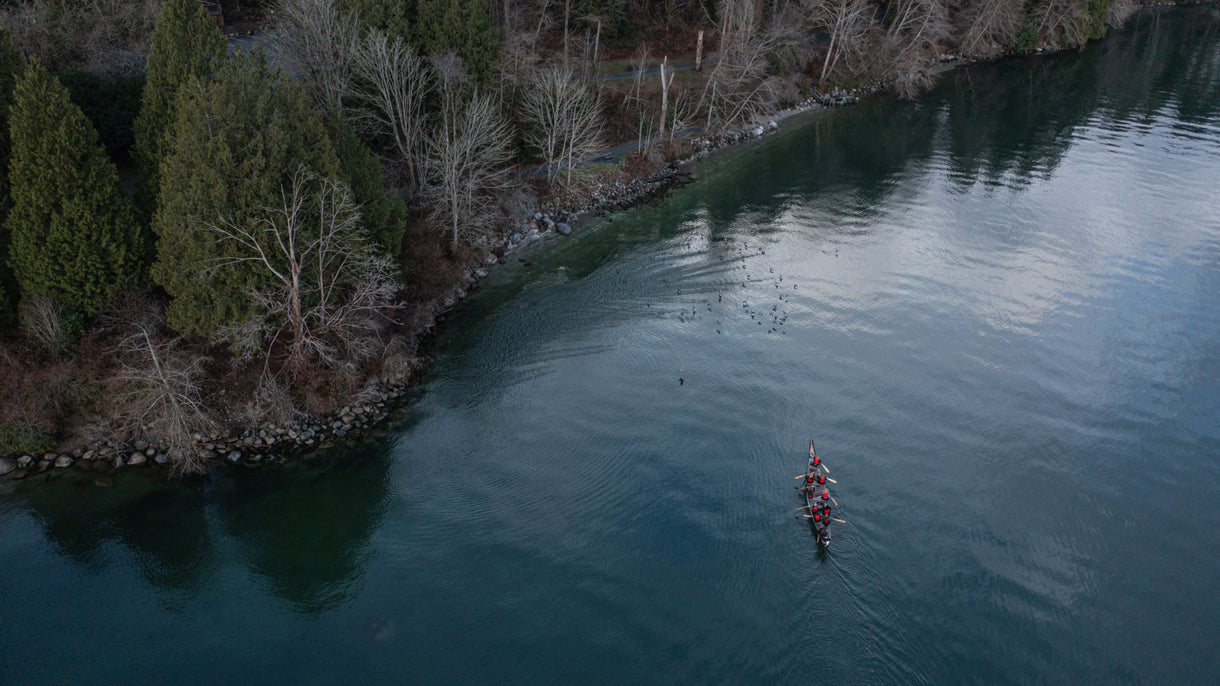
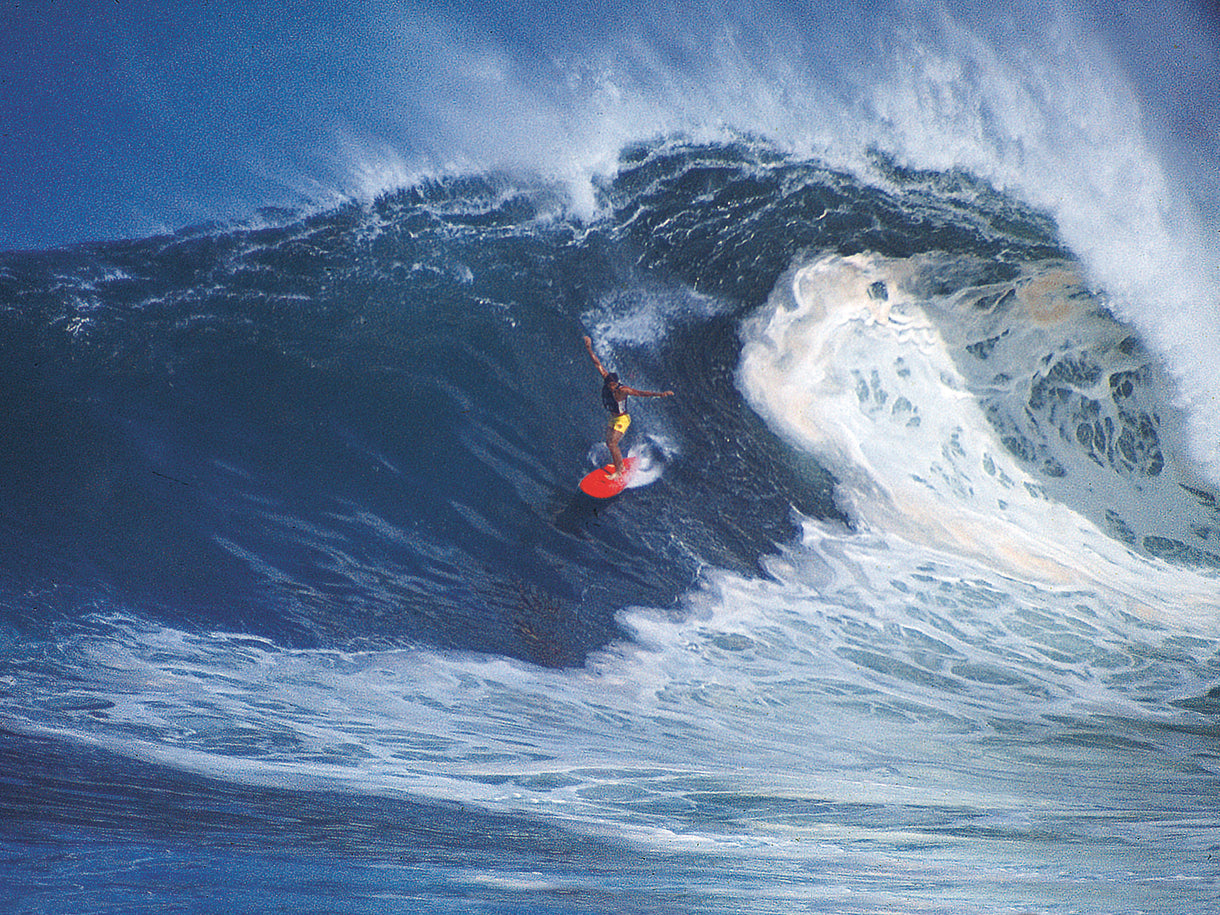

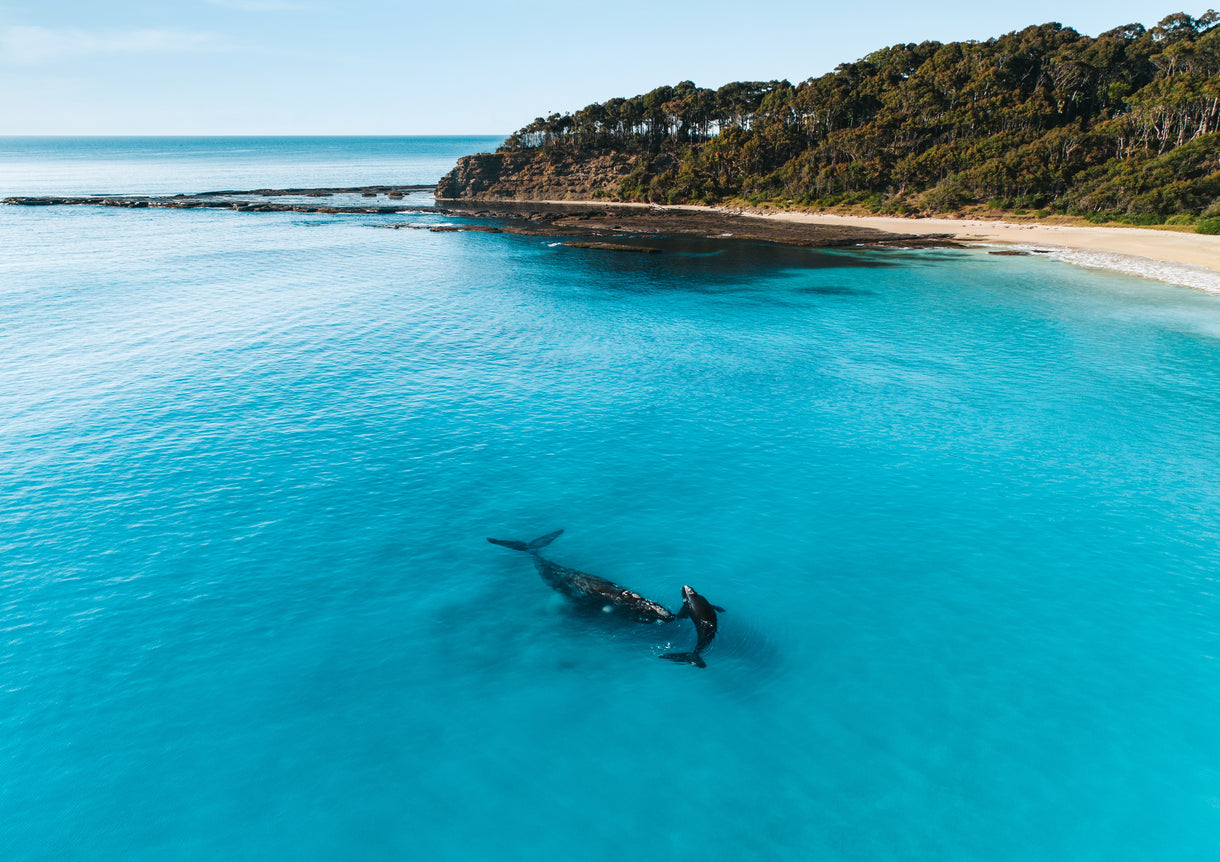
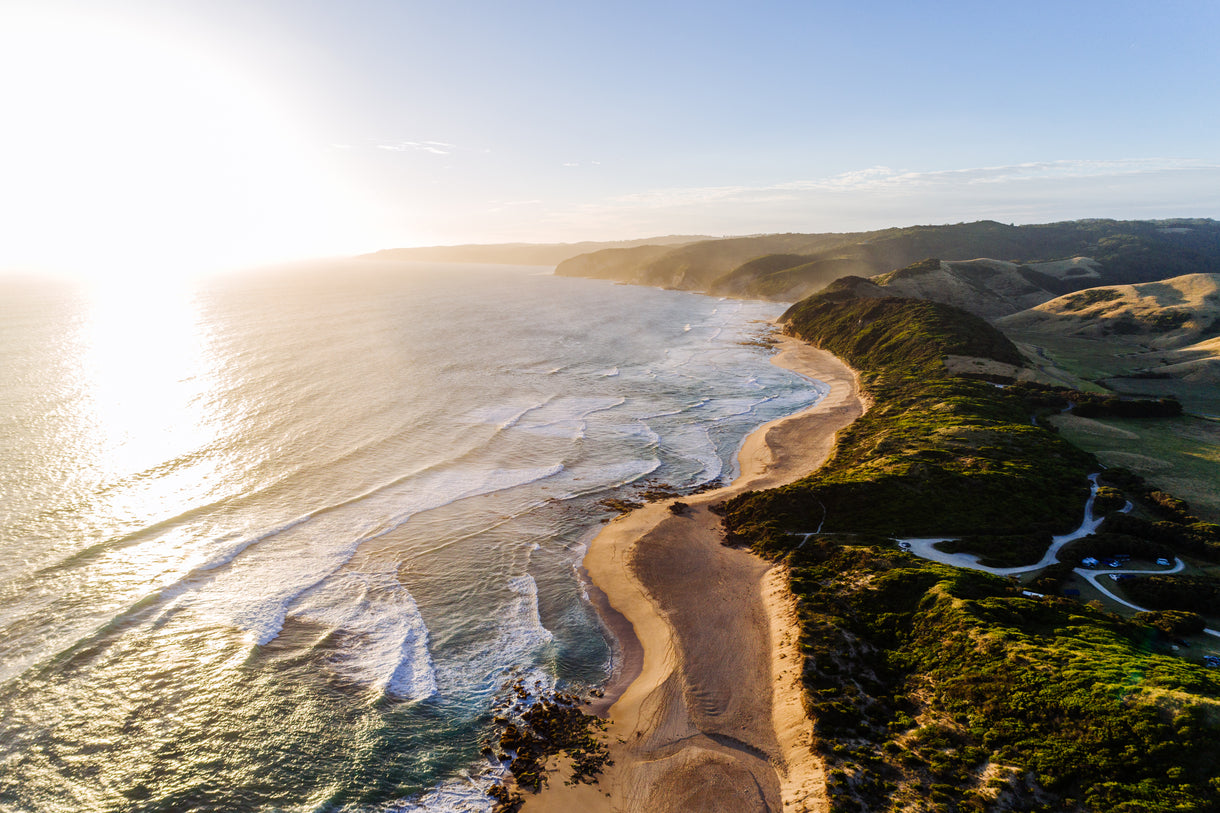
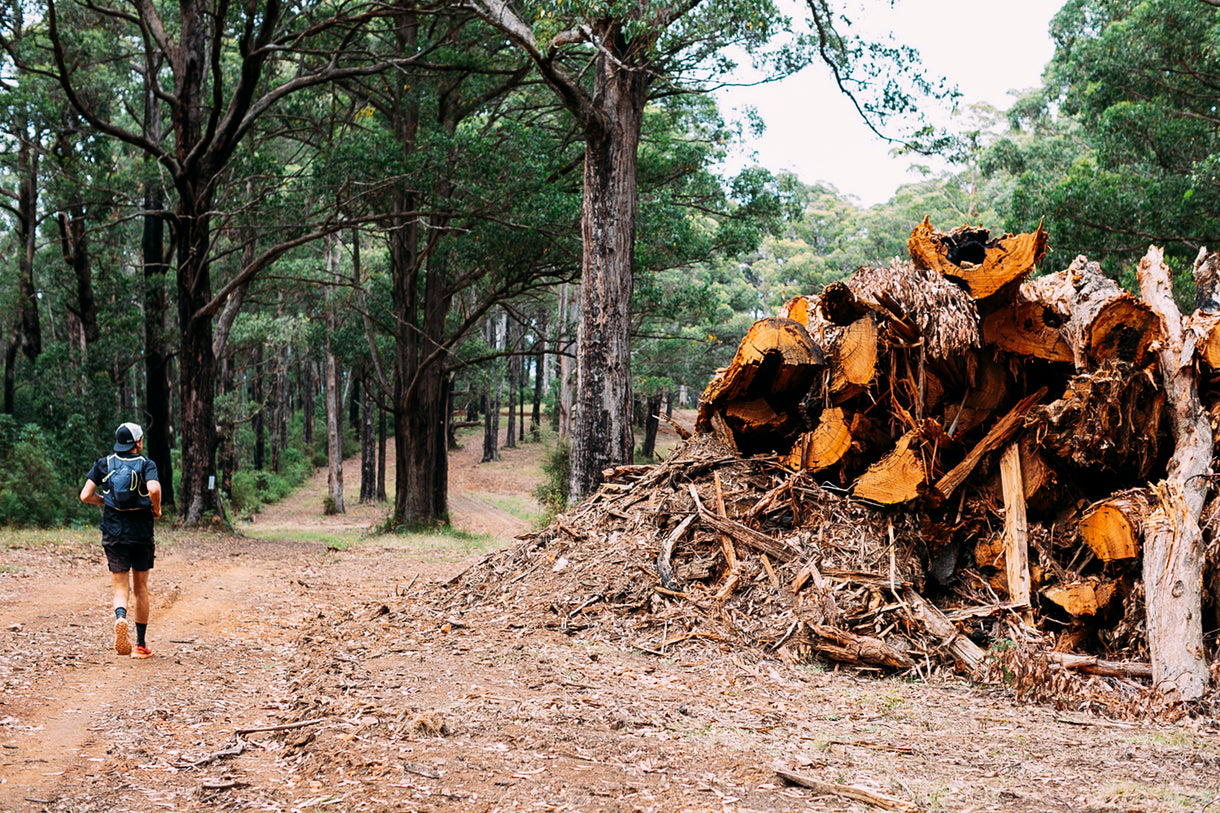
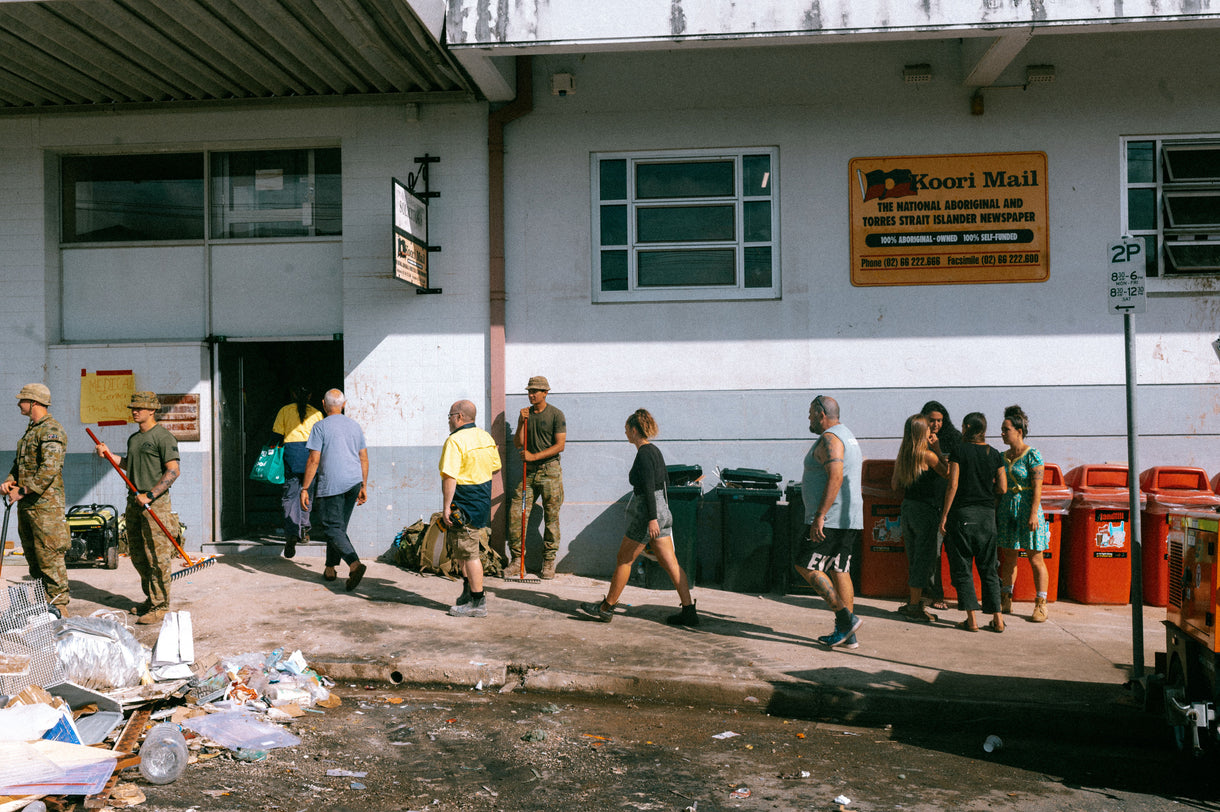

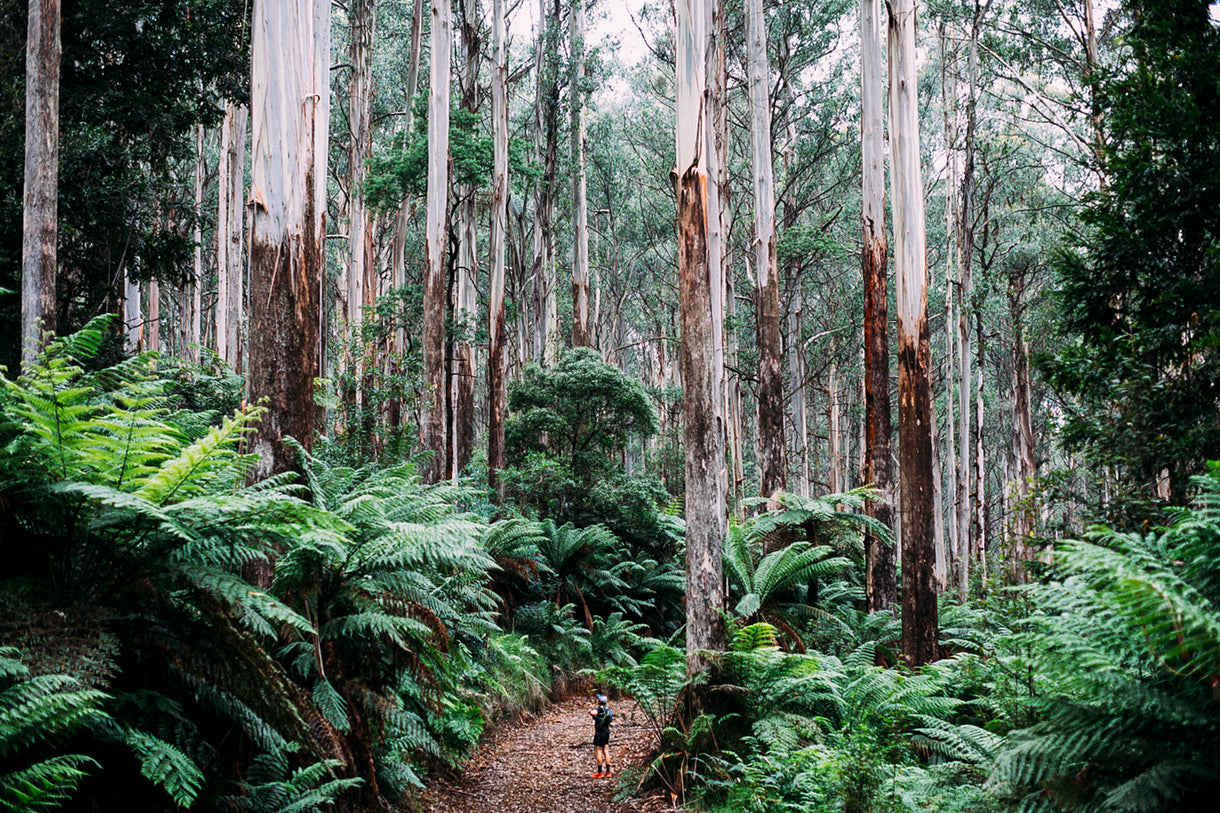
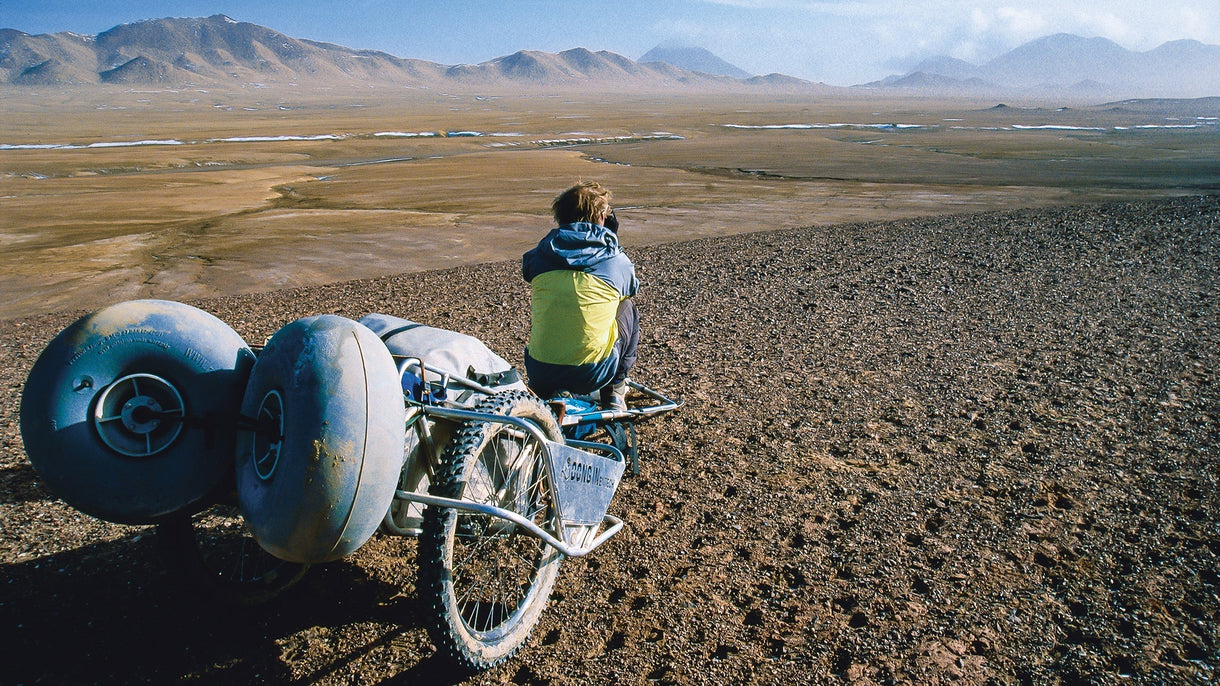
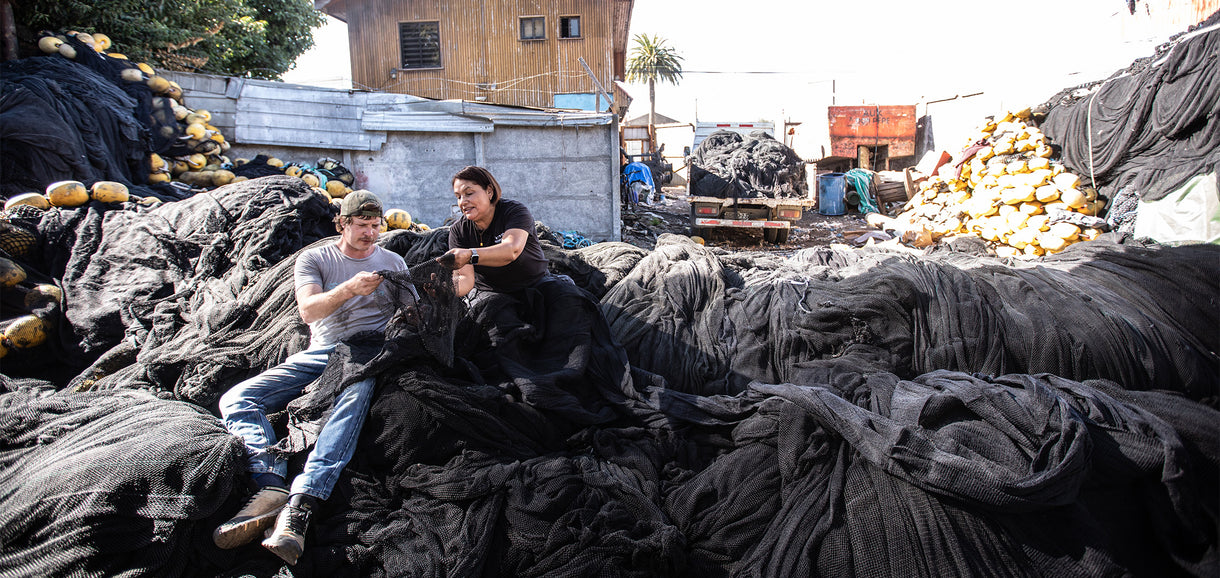
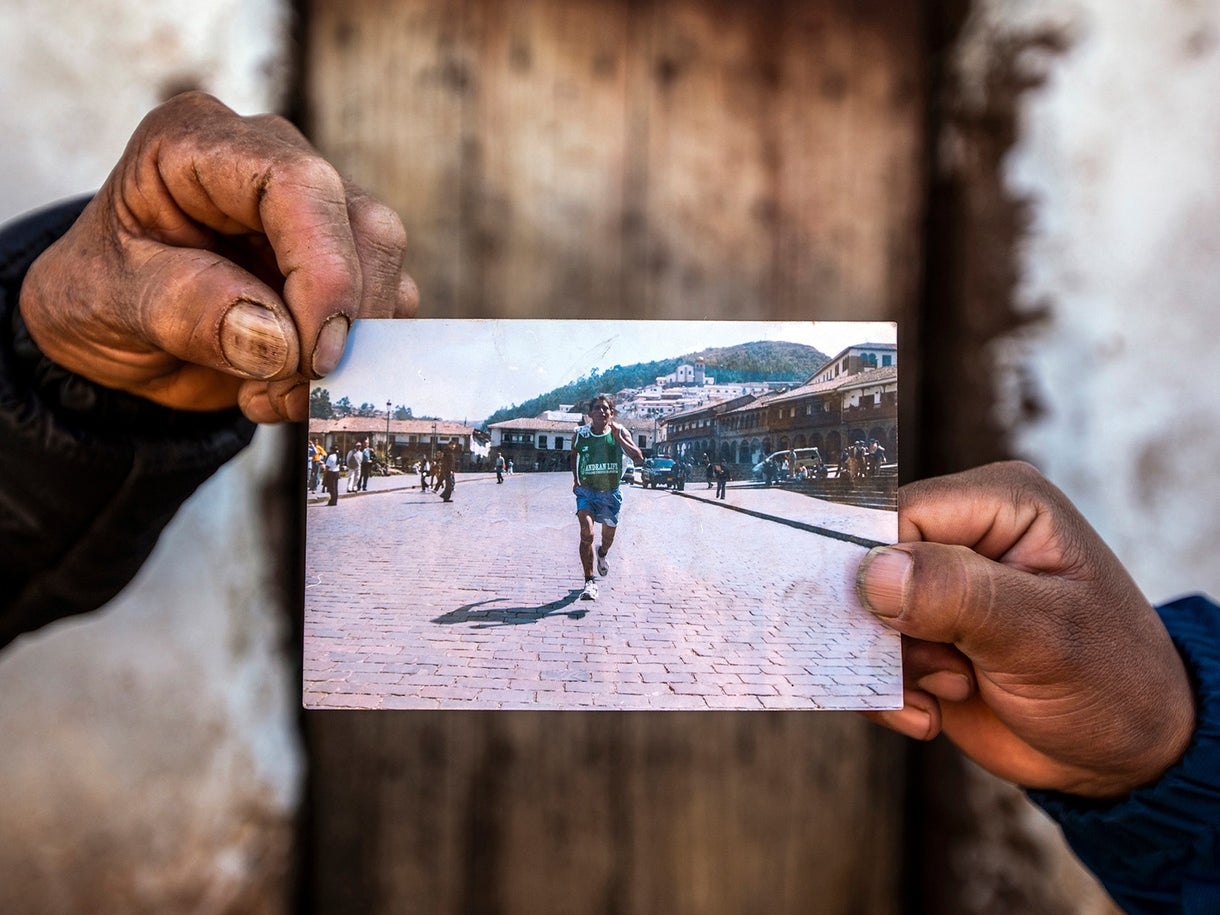
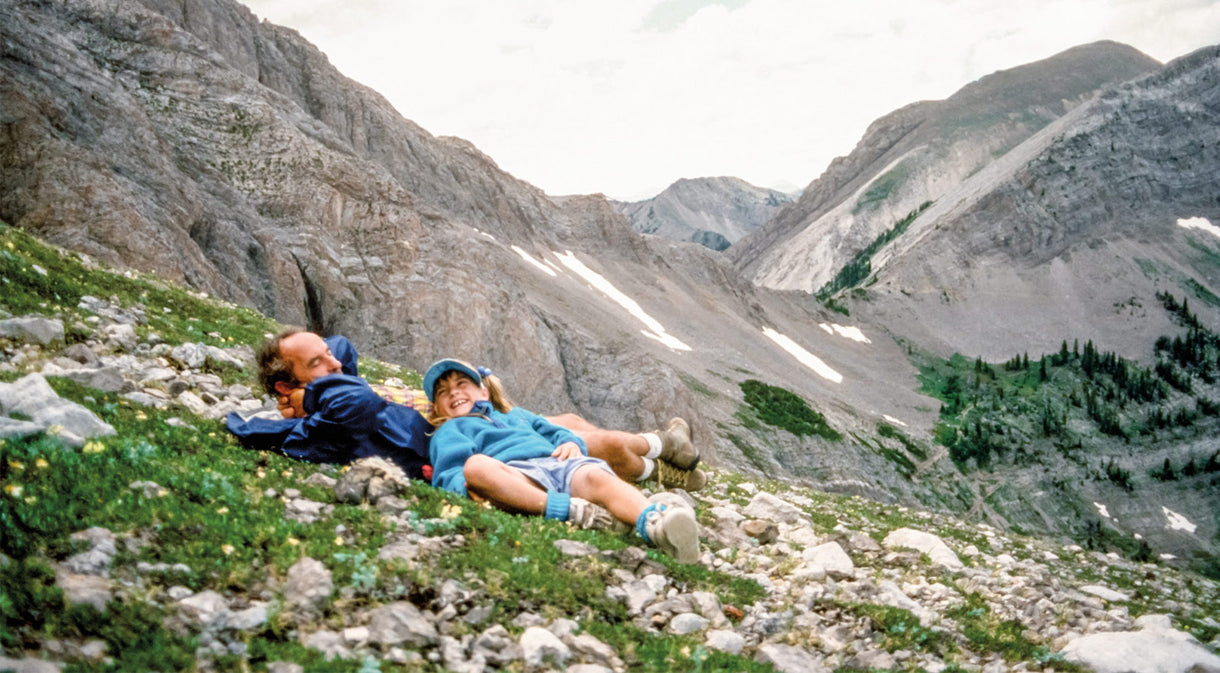
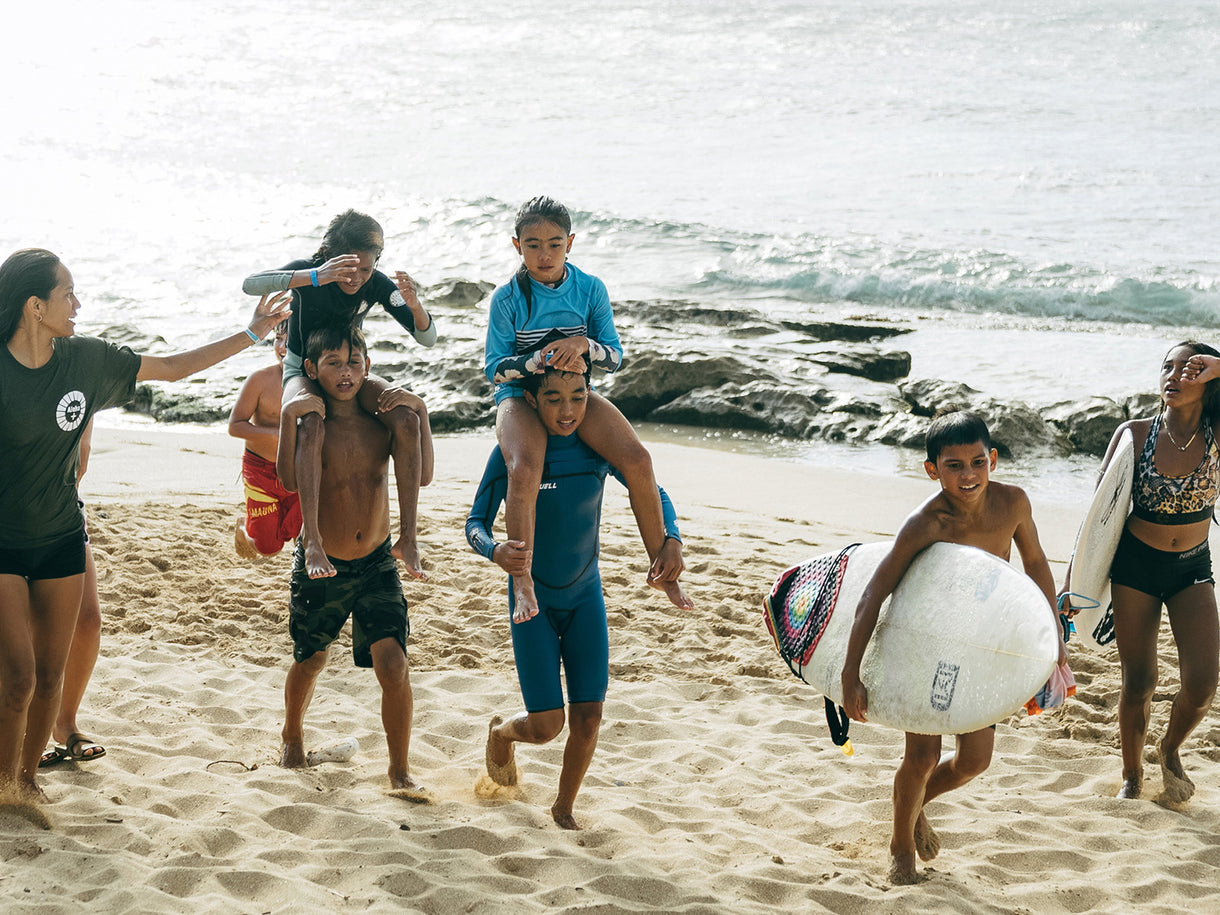
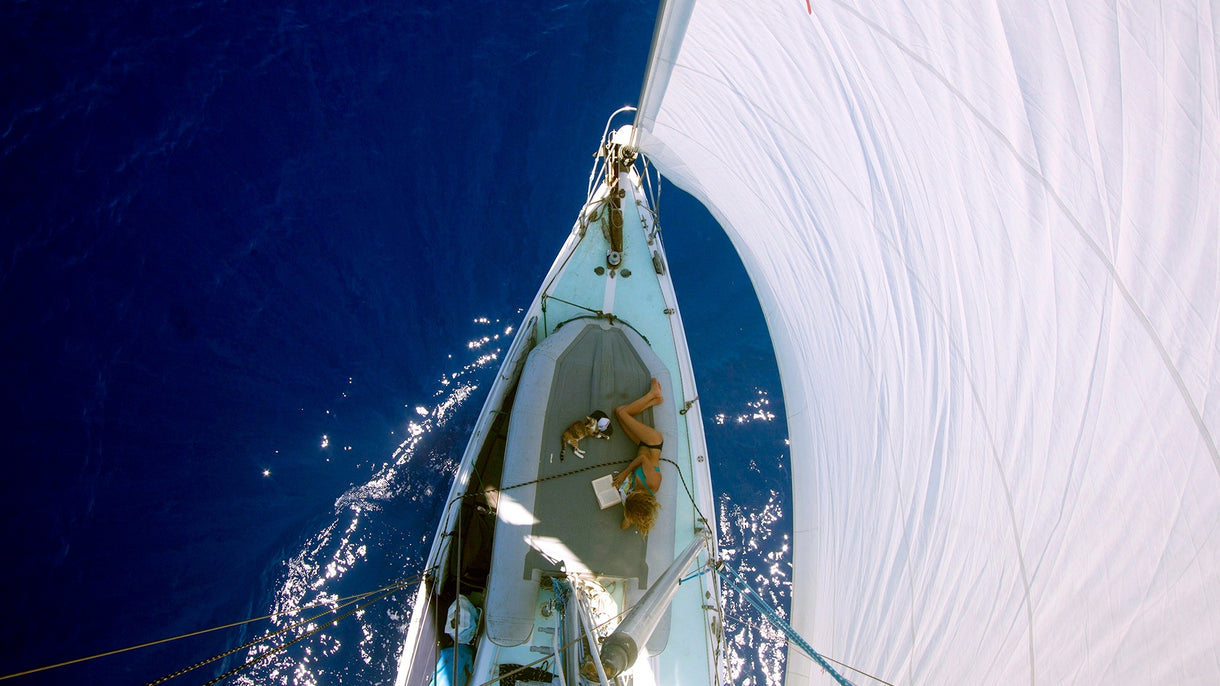
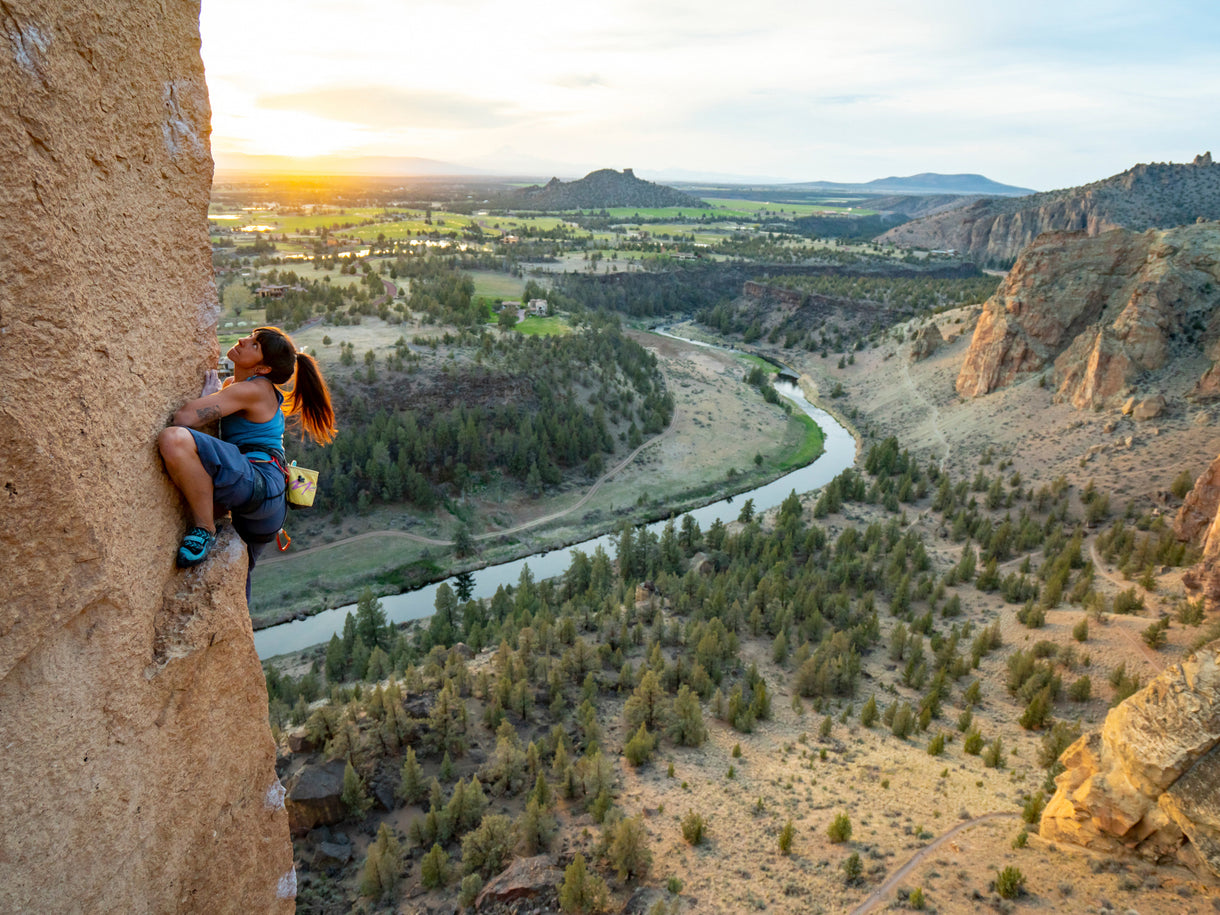
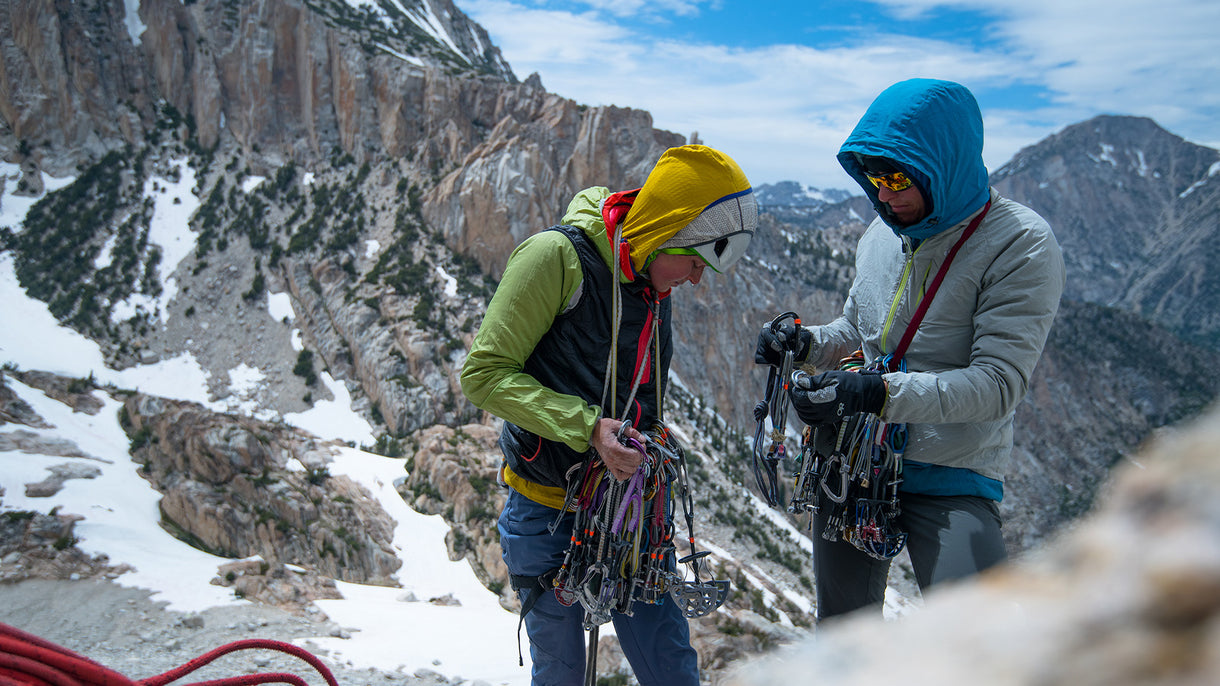
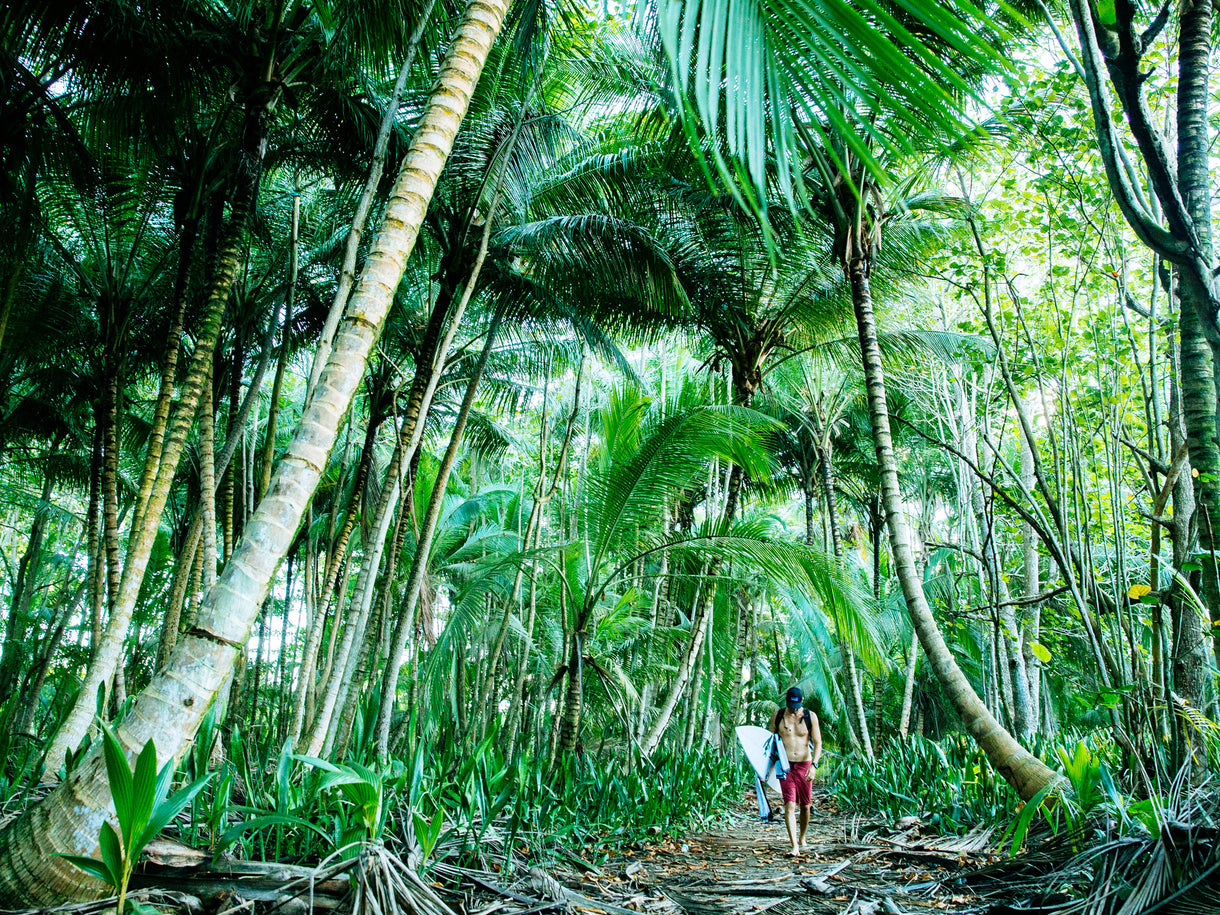
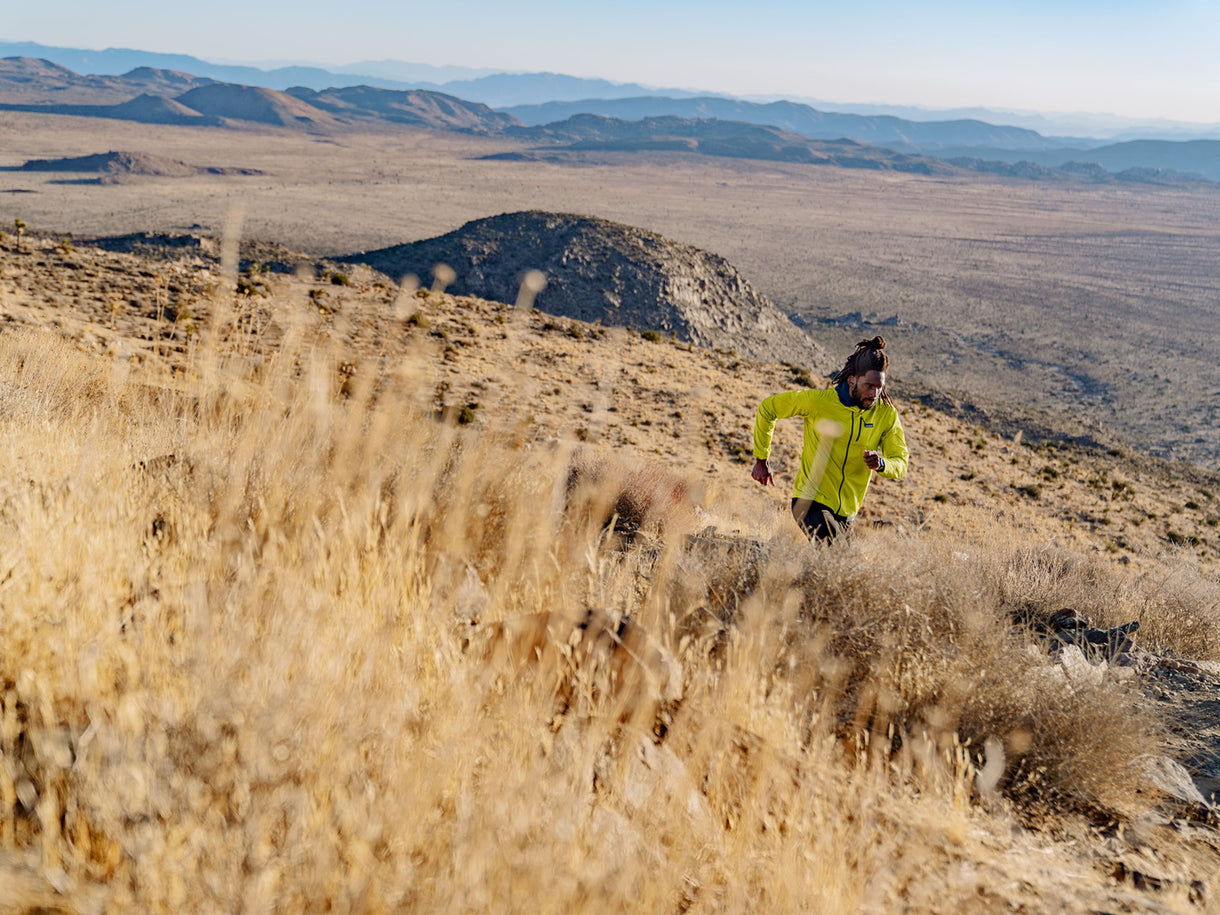
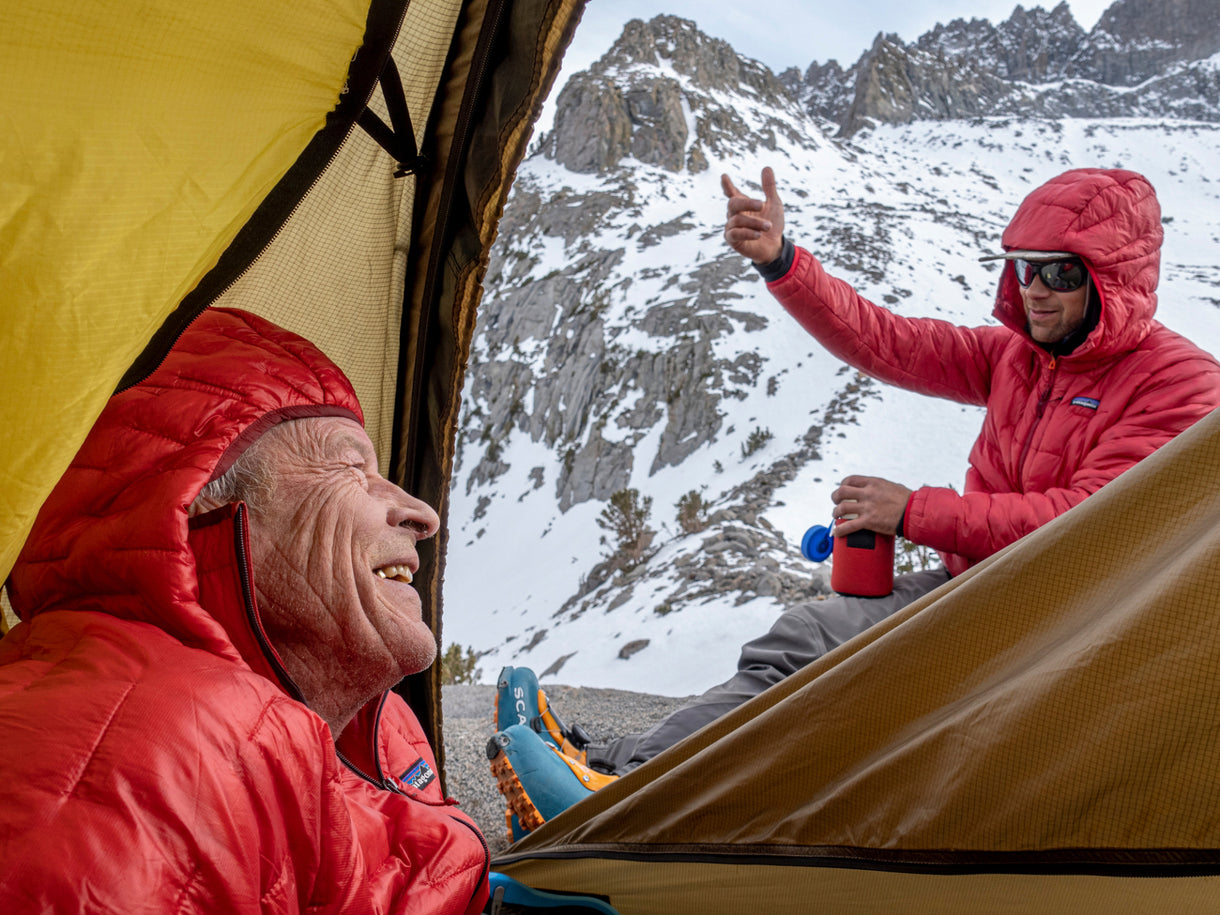
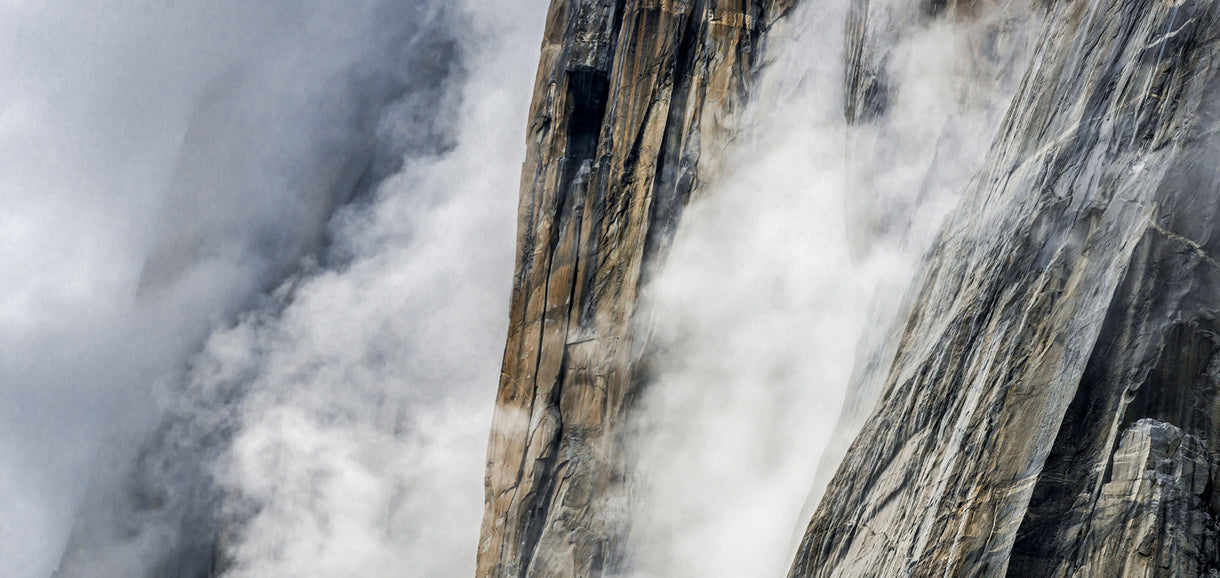
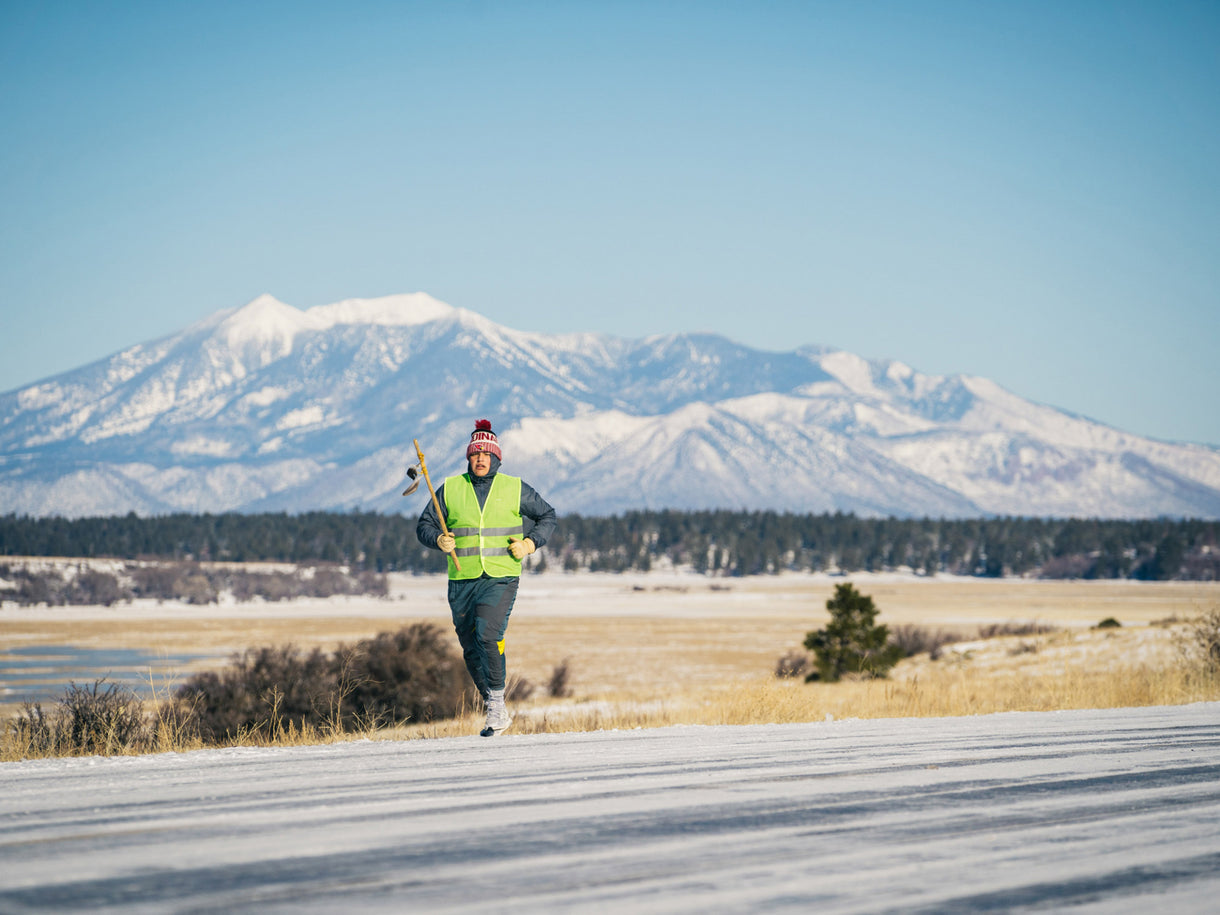
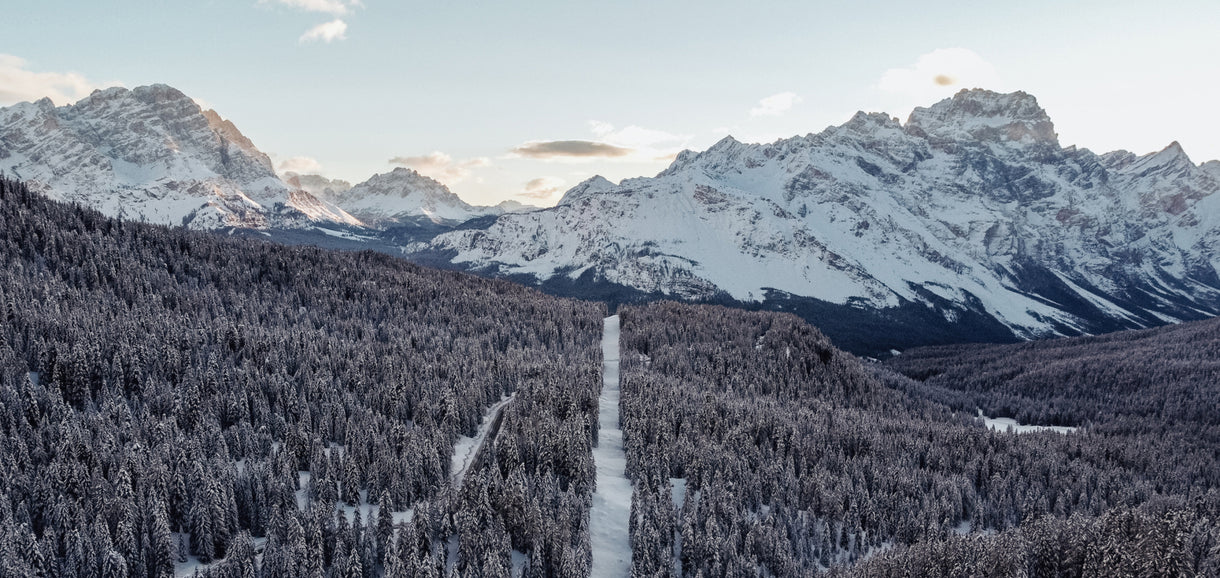
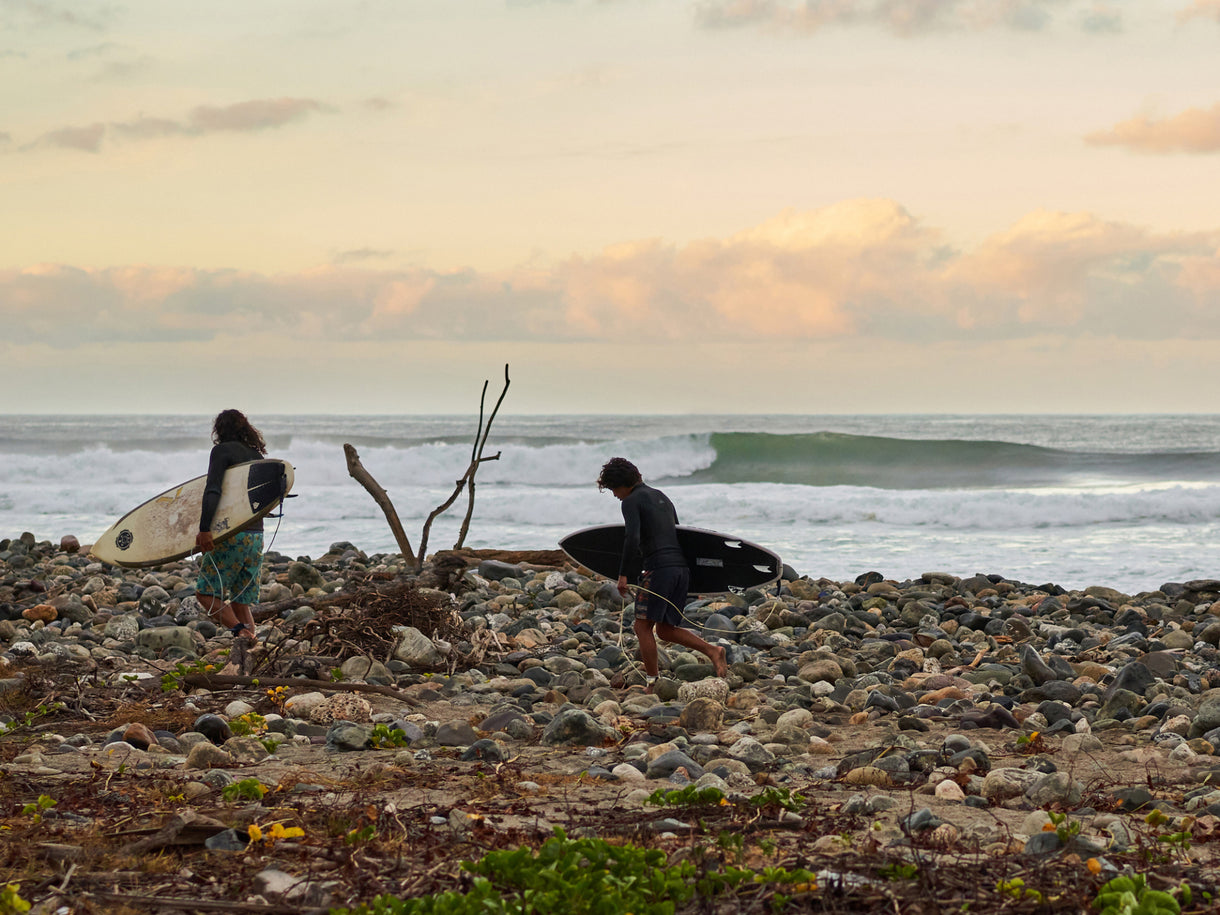
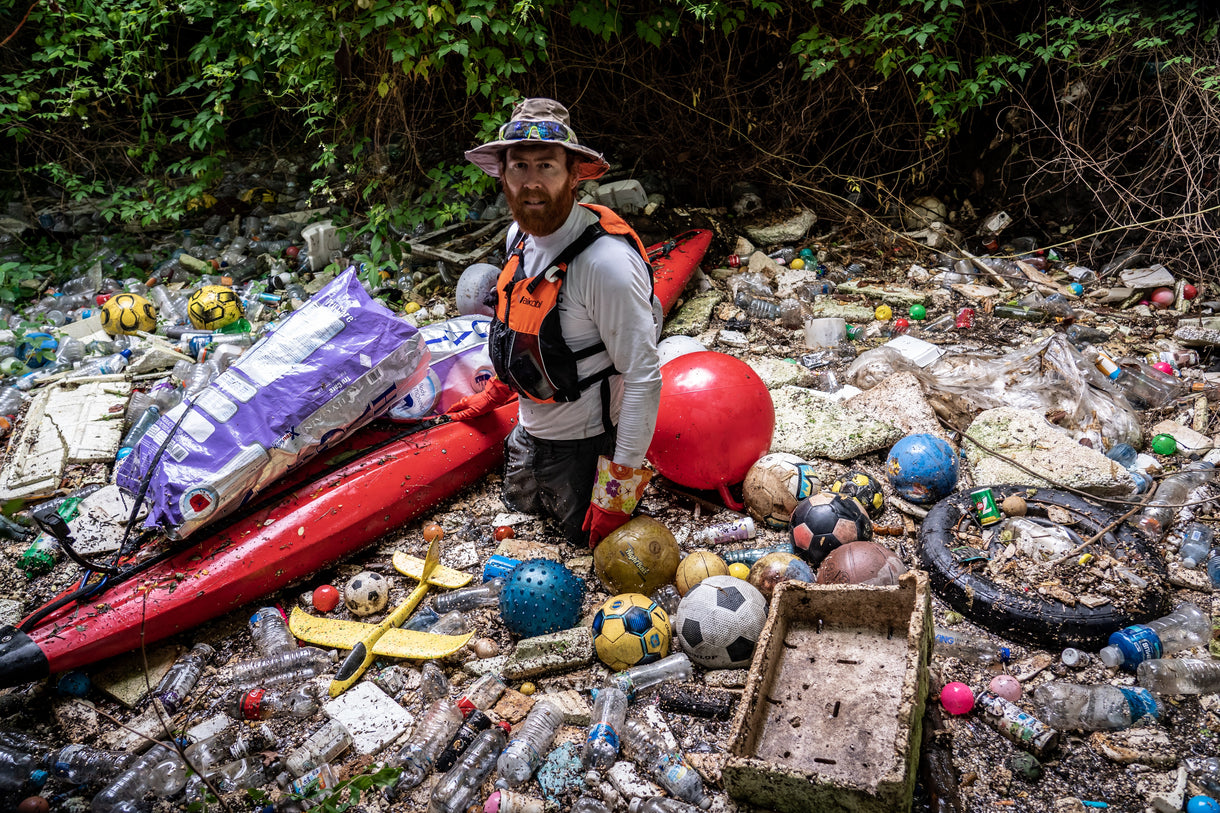



Renee is a member of the Diné (Navajo) Nation and driven by a passion for justice for Indigenous peoples and the land. She advocates for the inclusion of Indigenous peoples and their stories in the outdoor industry through writing, film, photography, social media and mixed-media art.